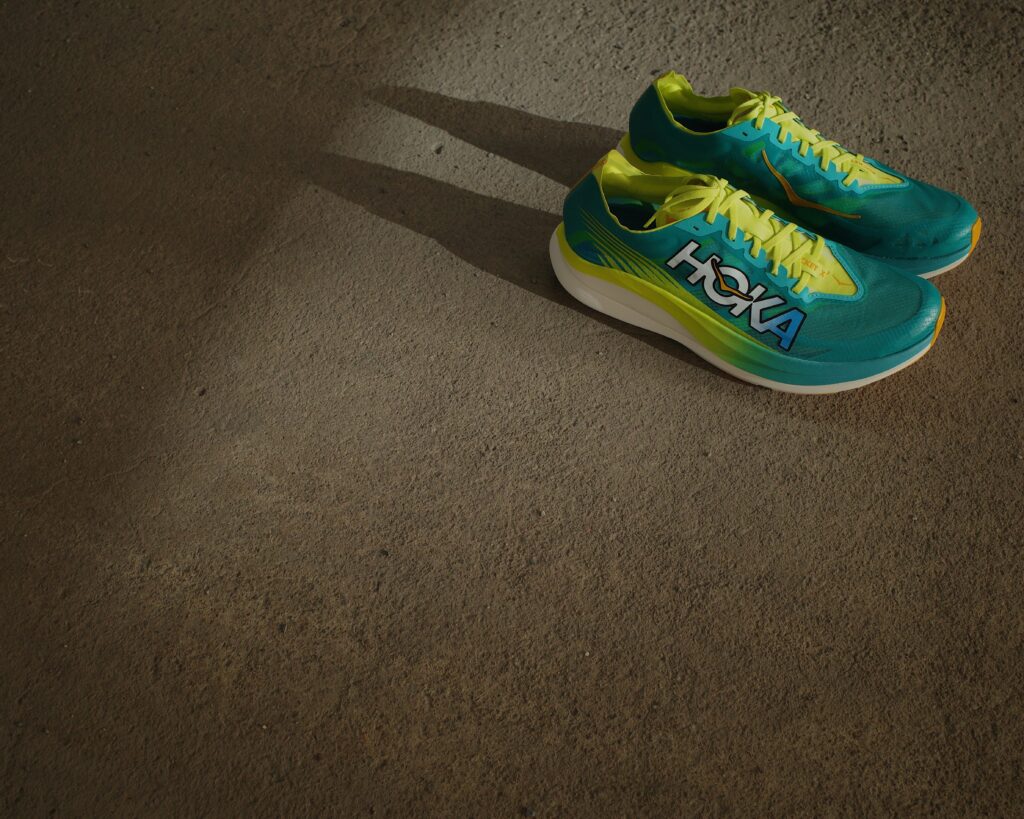
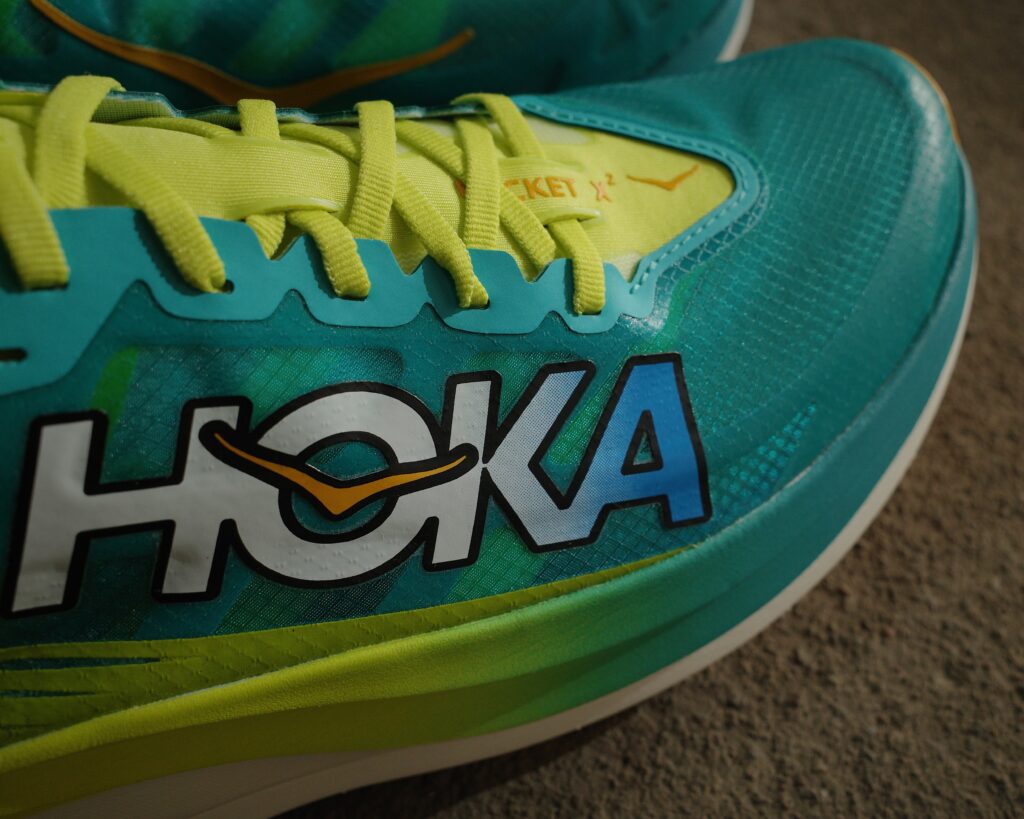
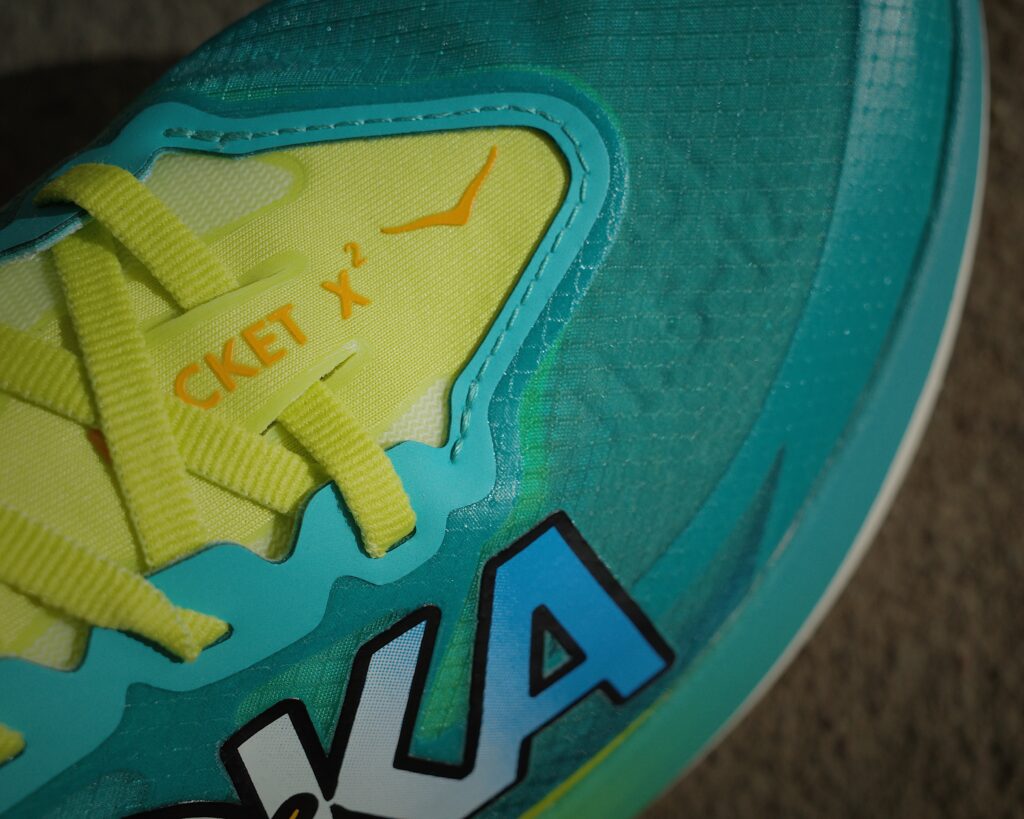
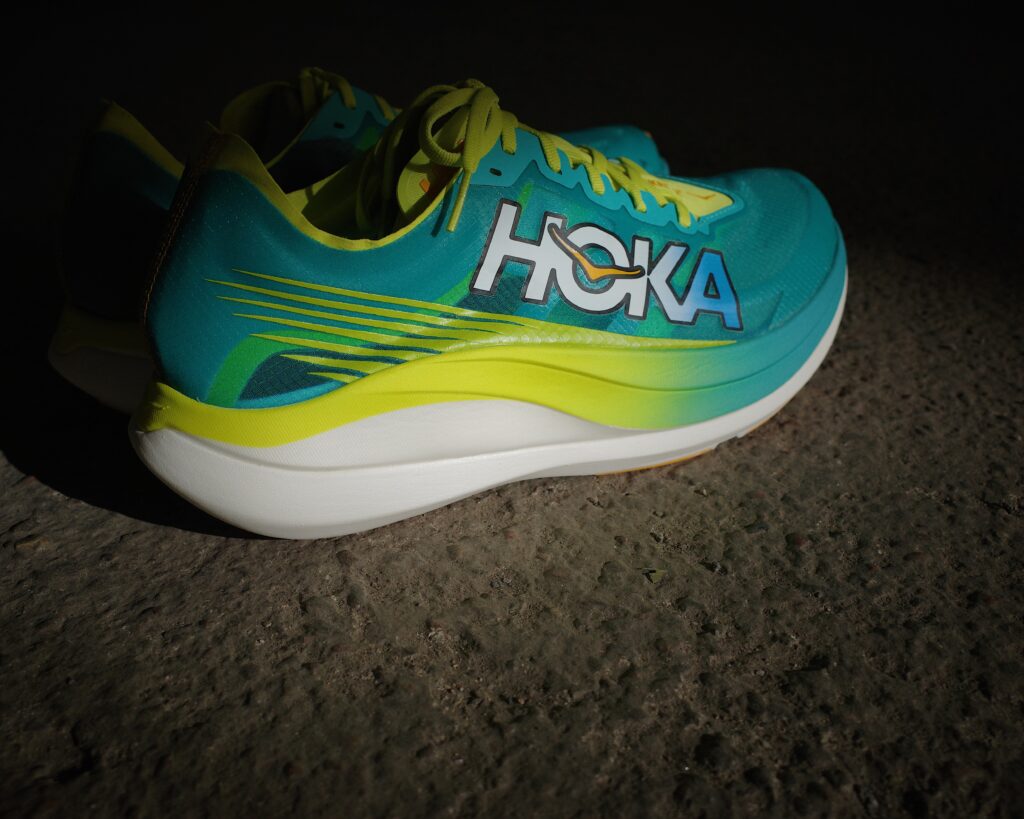
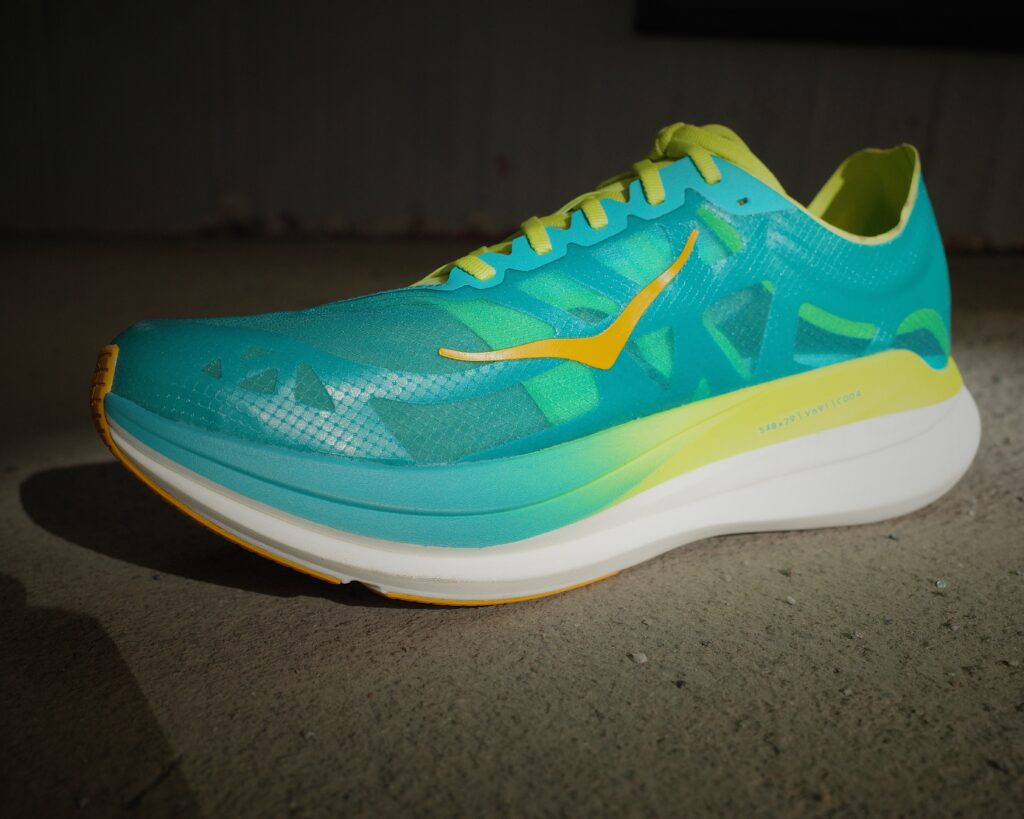
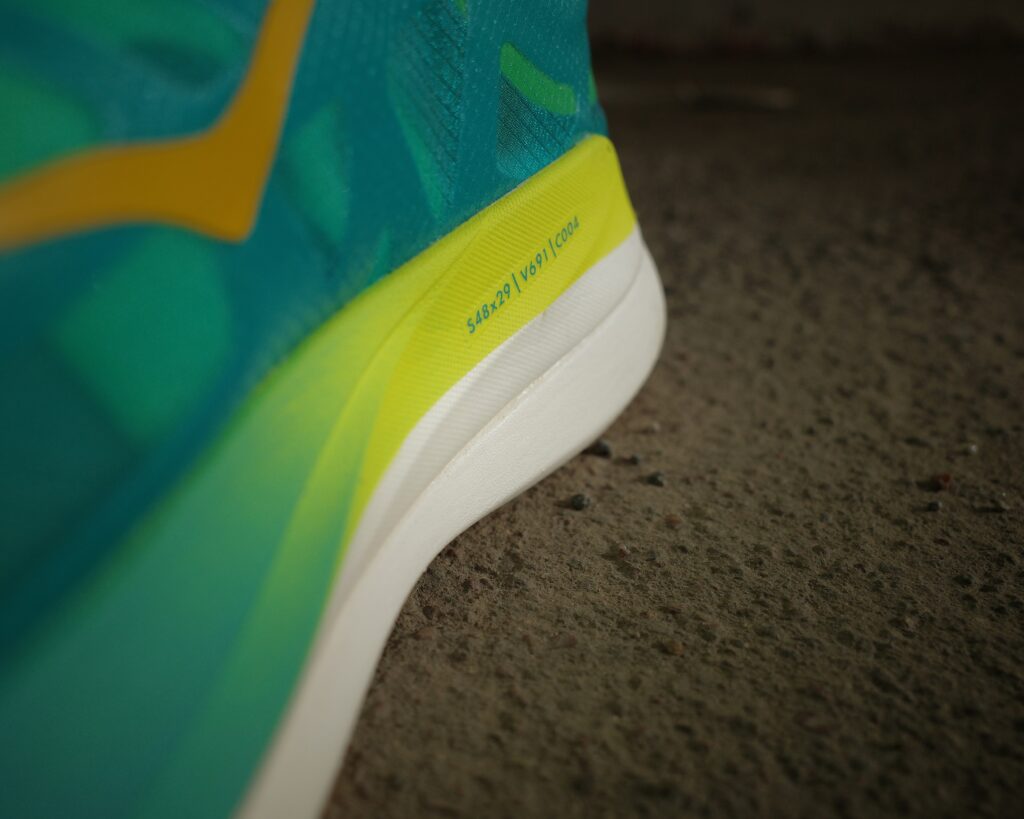
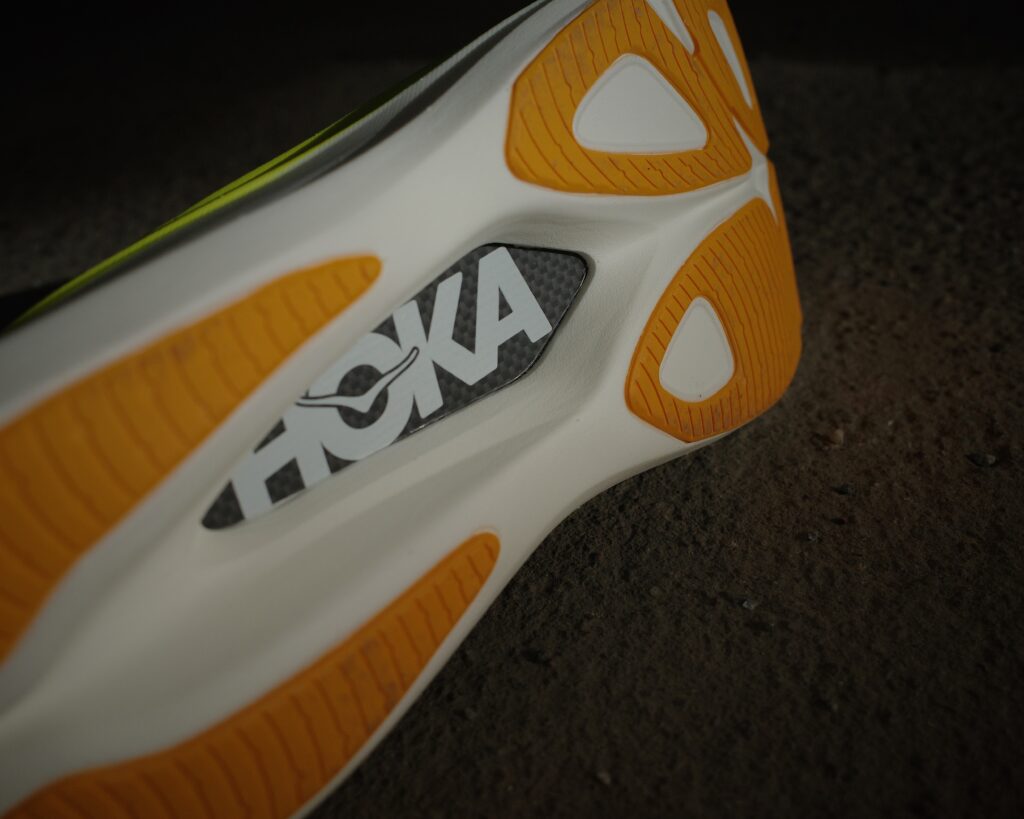
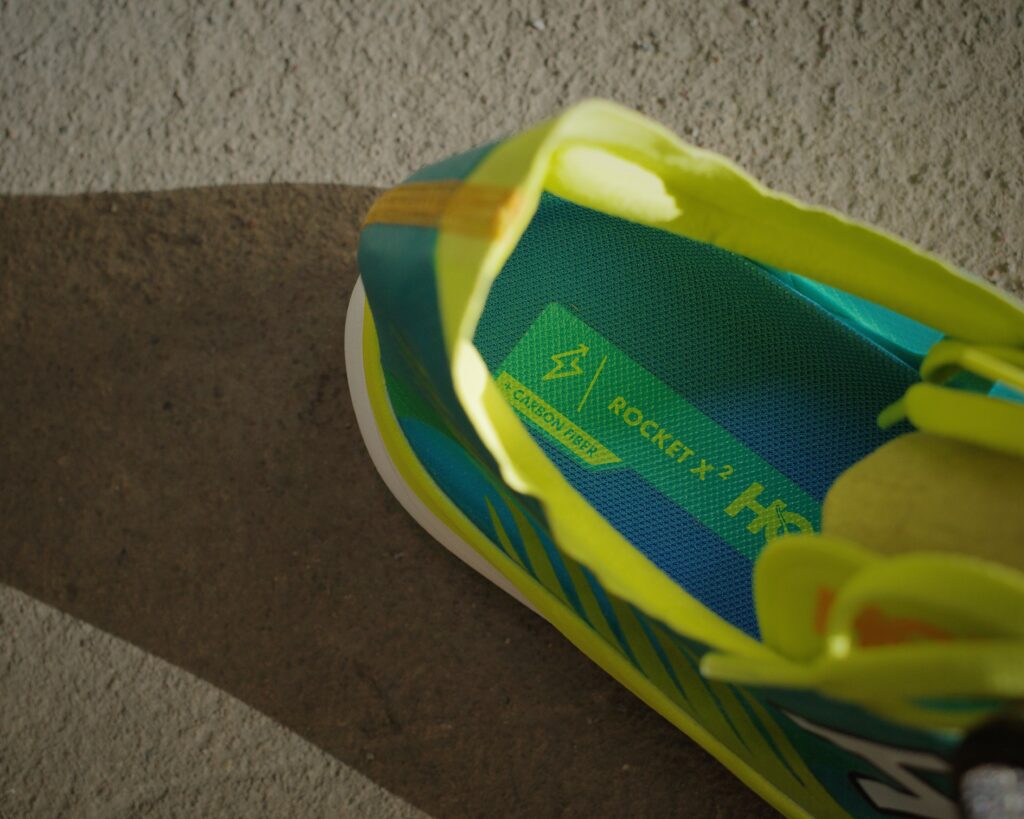
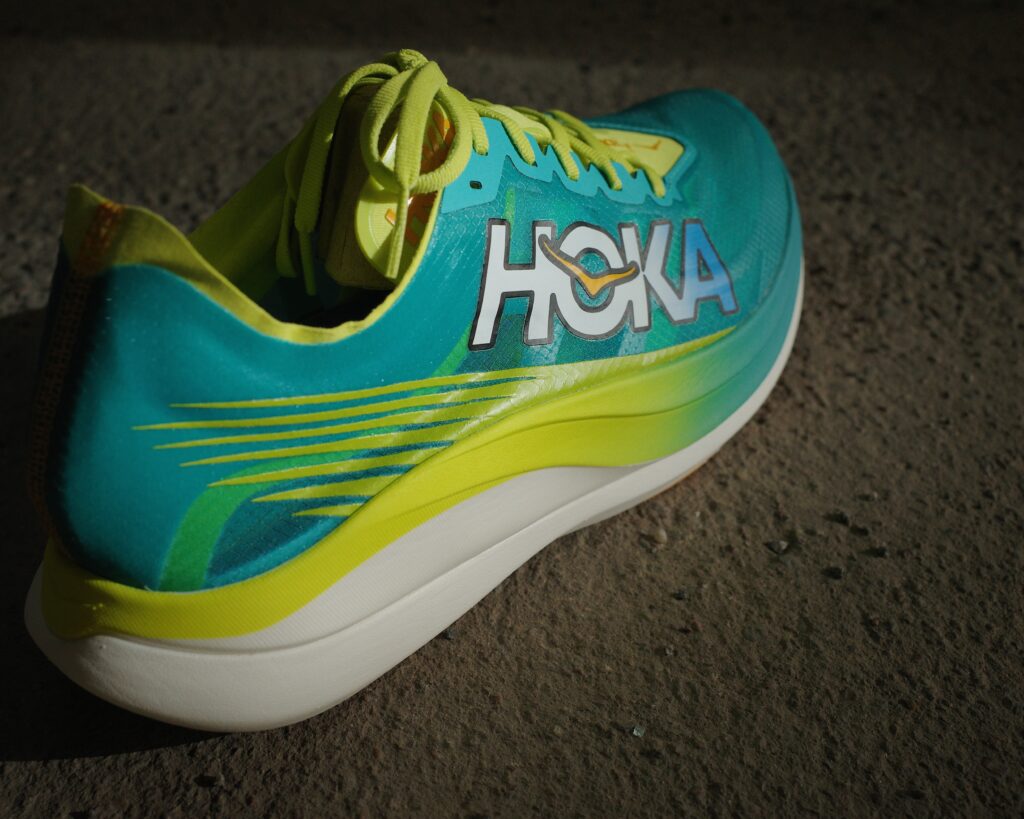
Tune of the day: Goldie @ HÖR









Tune of the day: Goldie @ HÖR
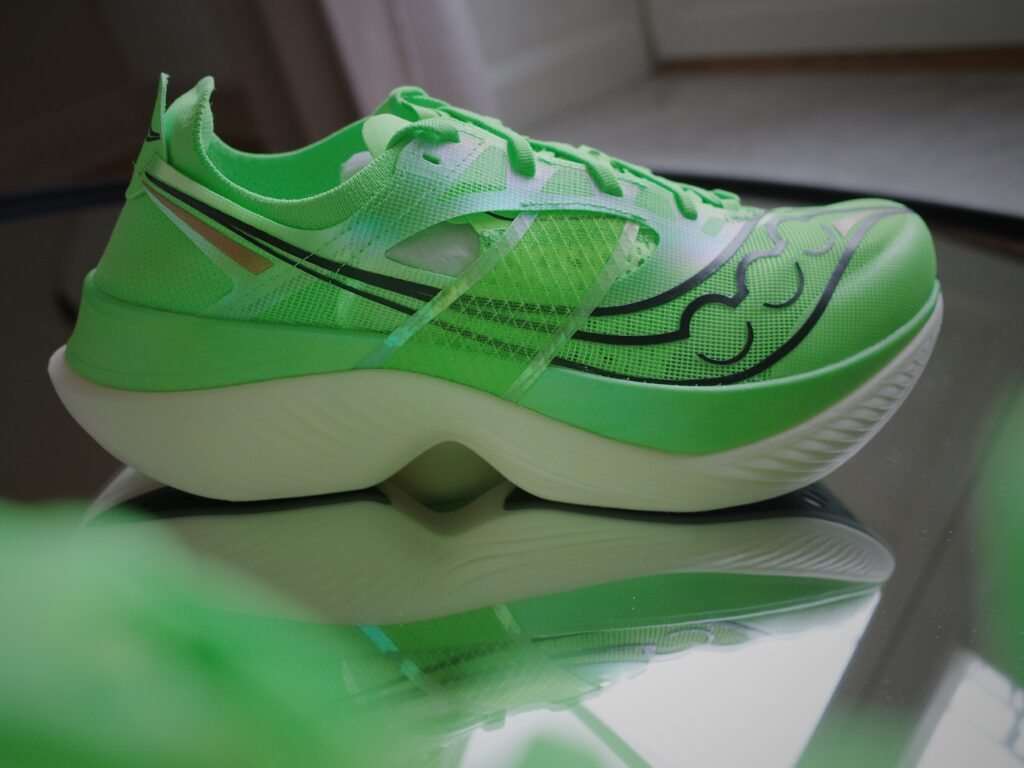
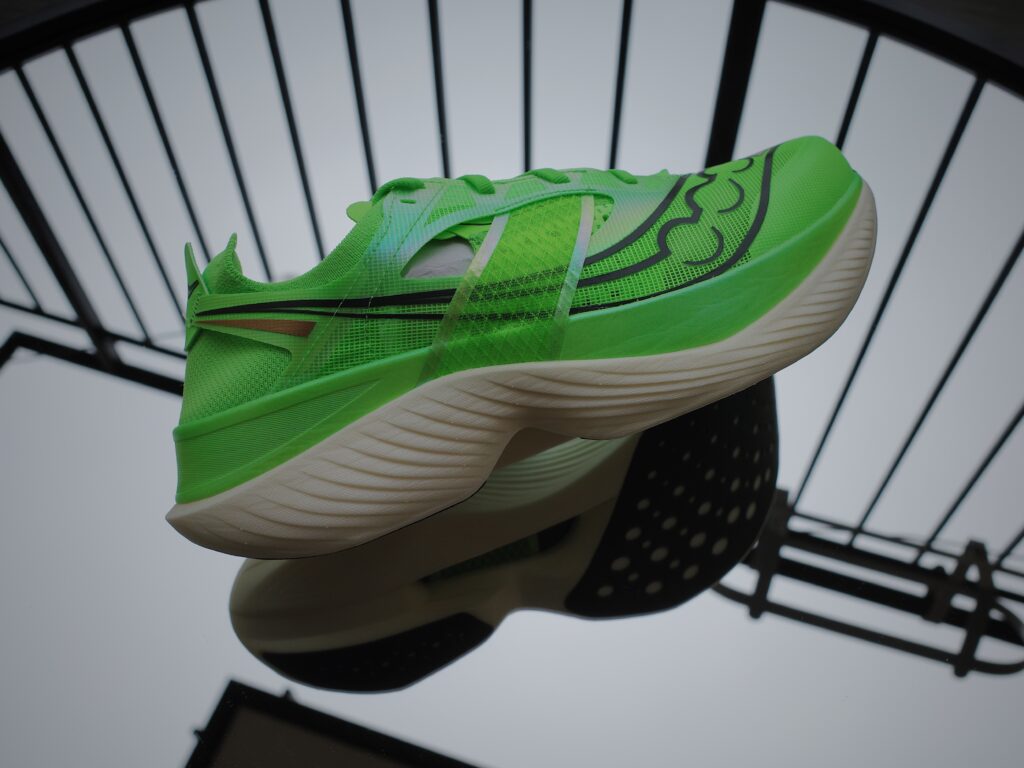
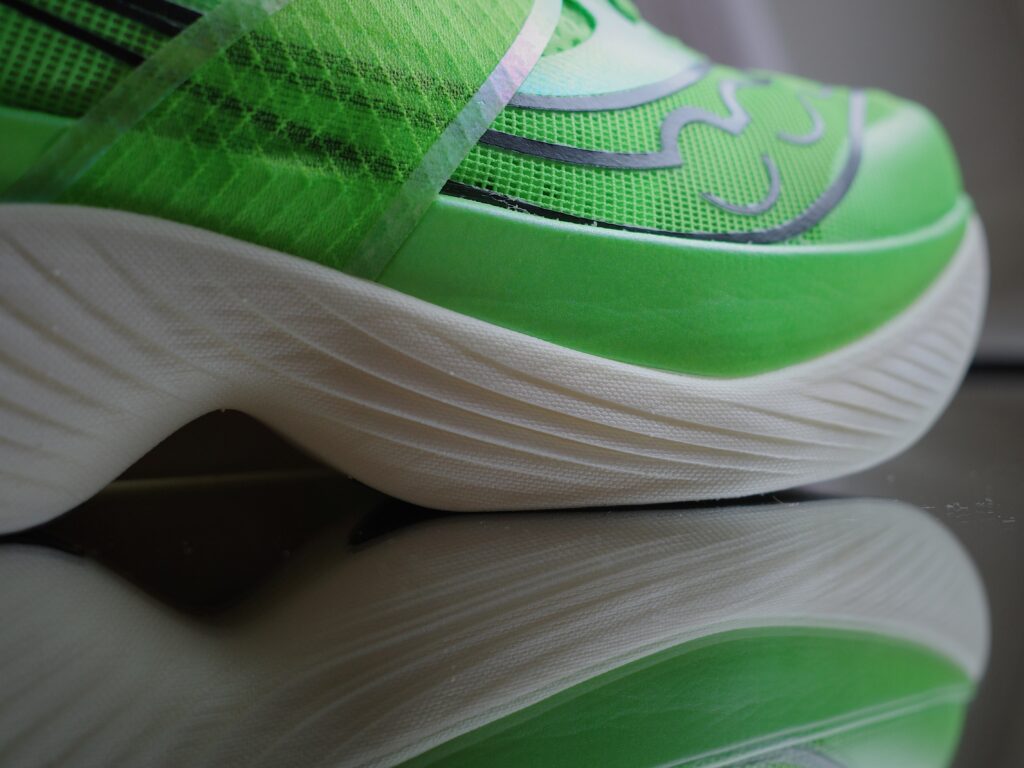
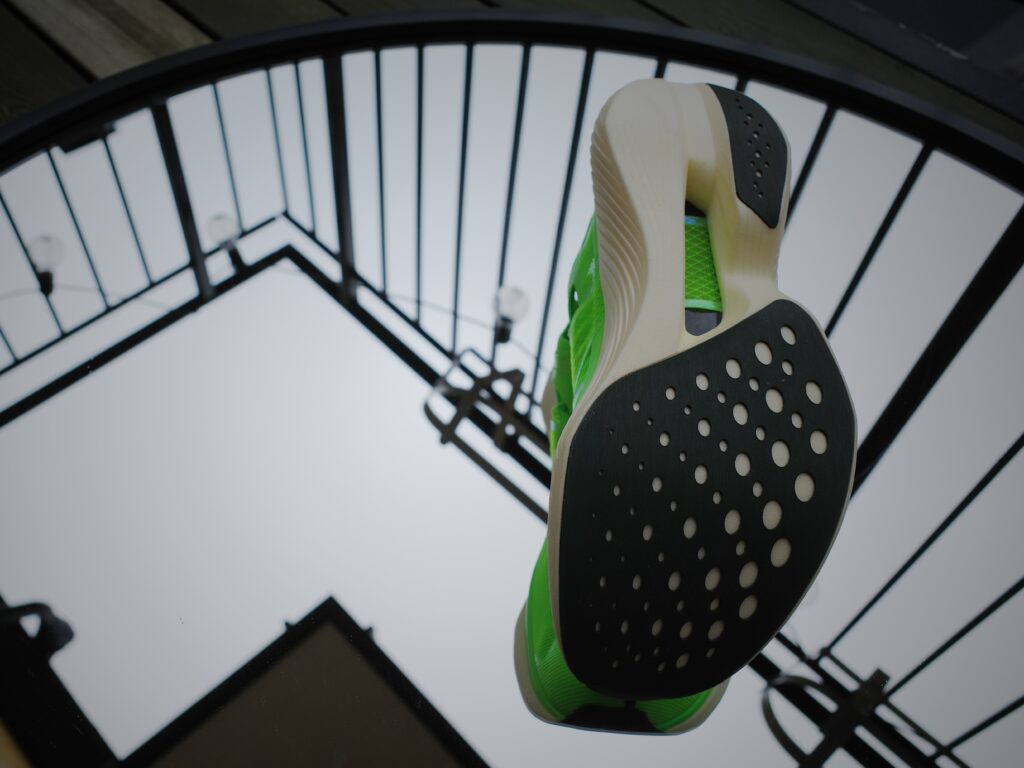
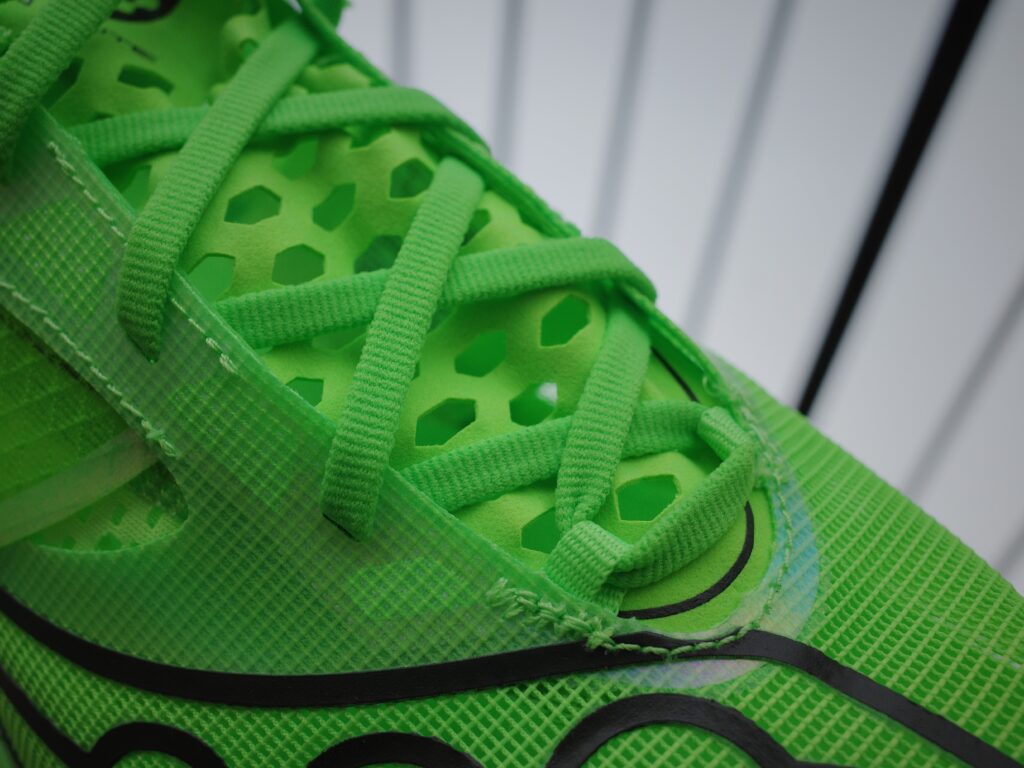
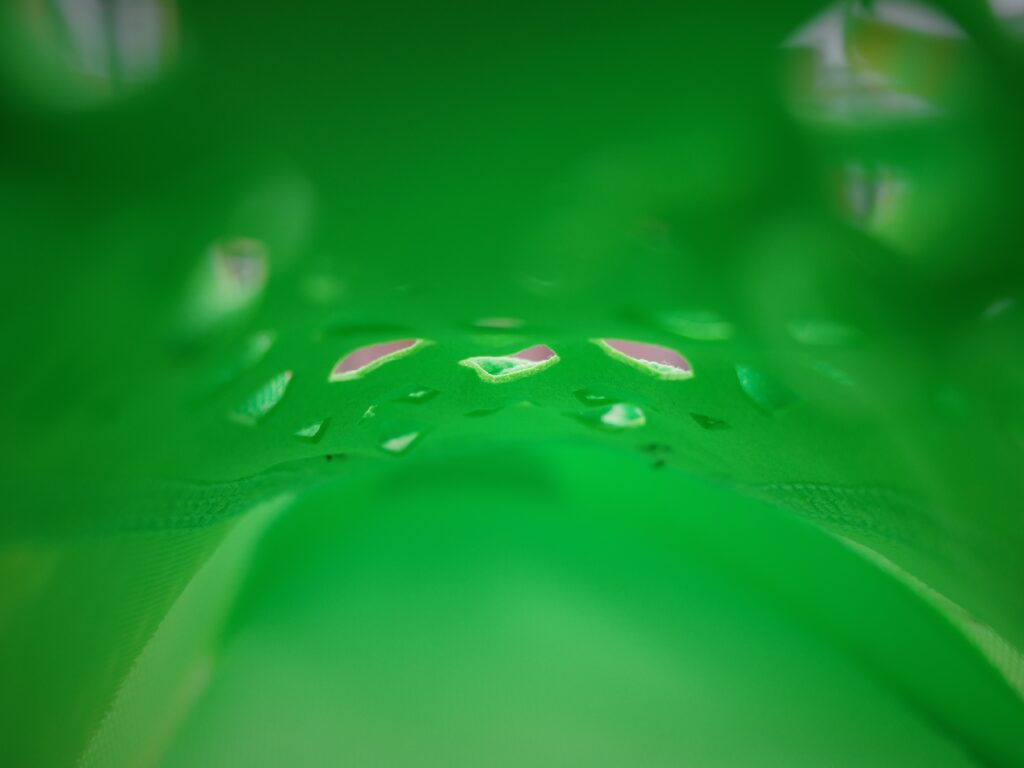
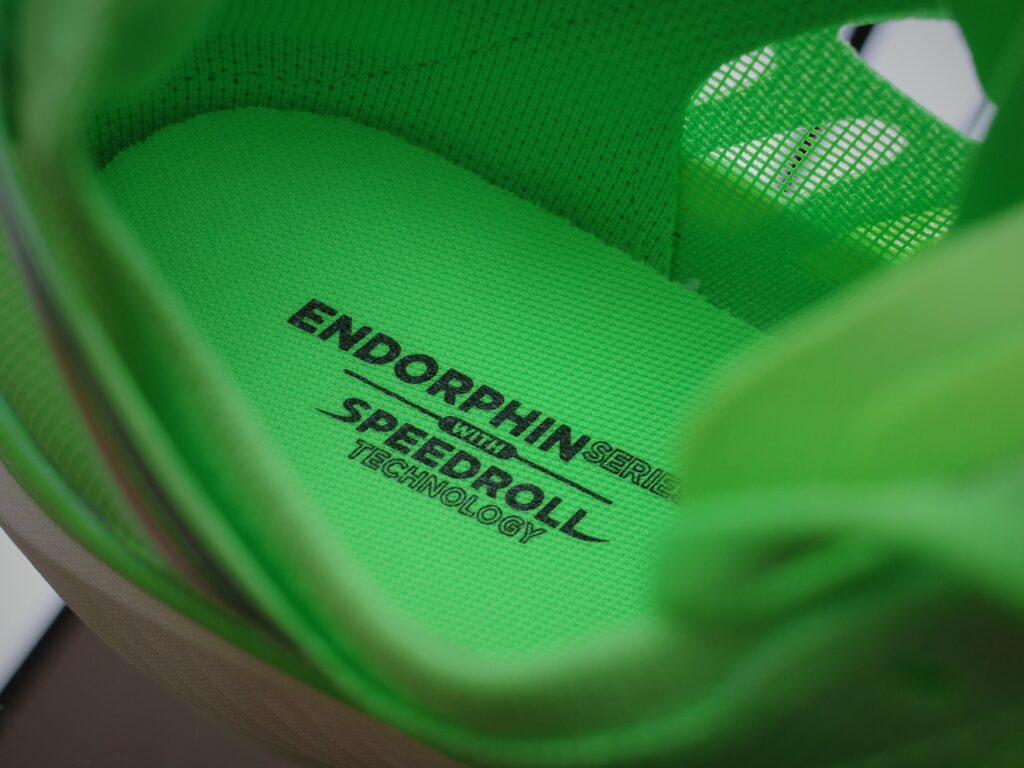
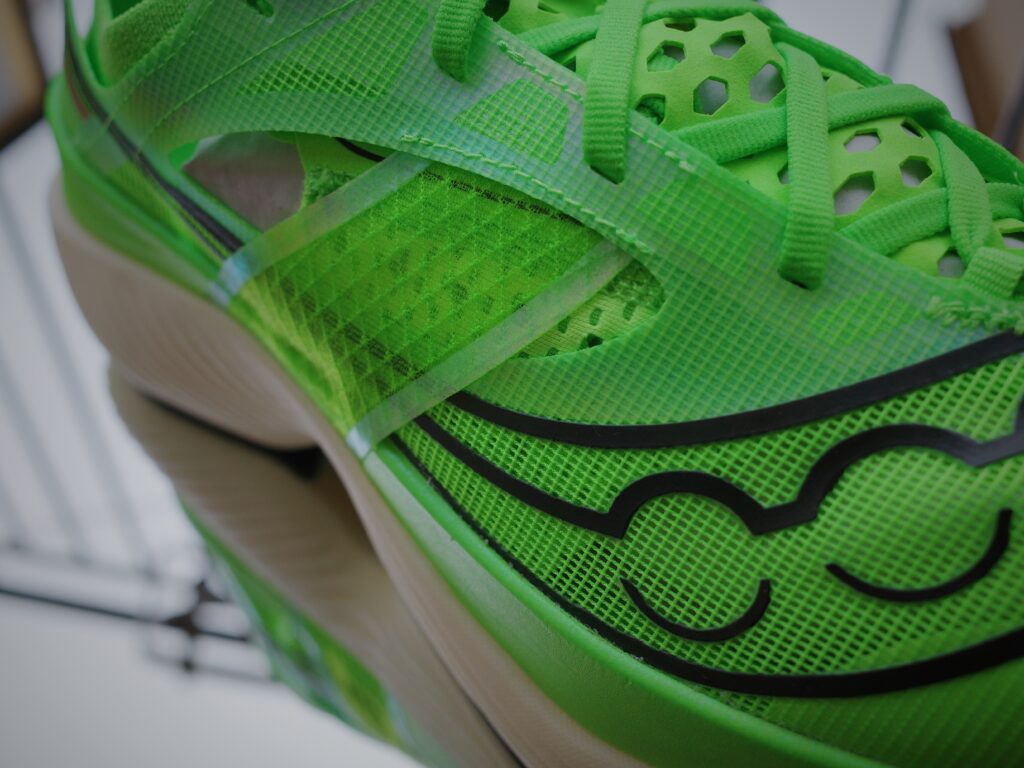
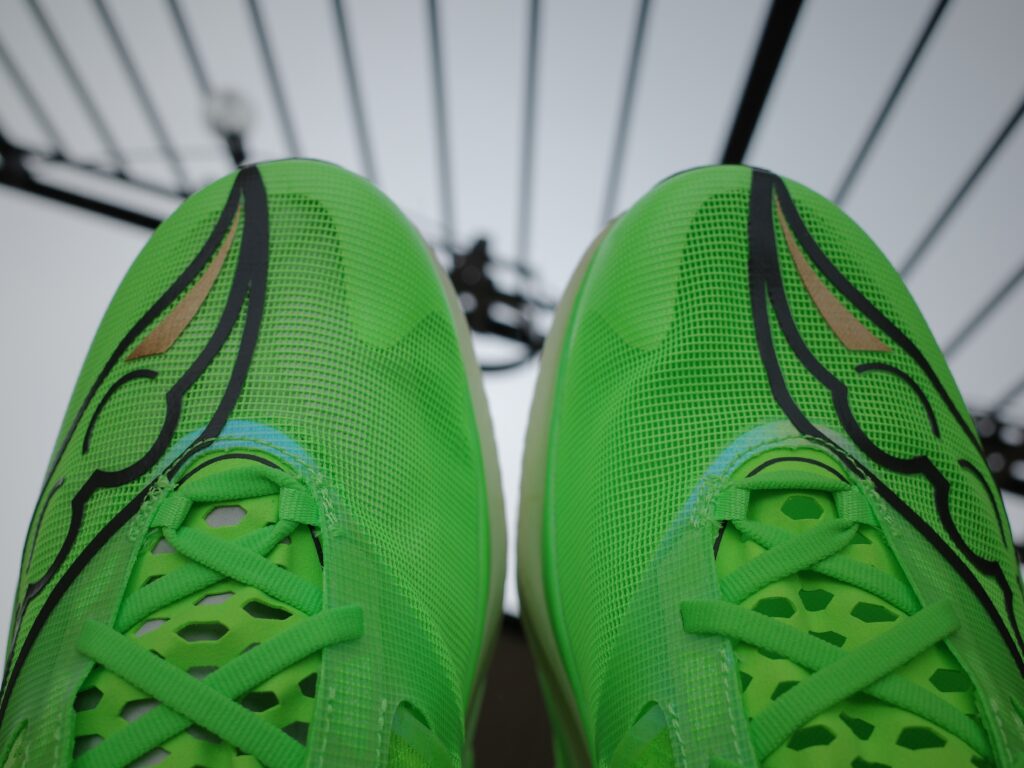
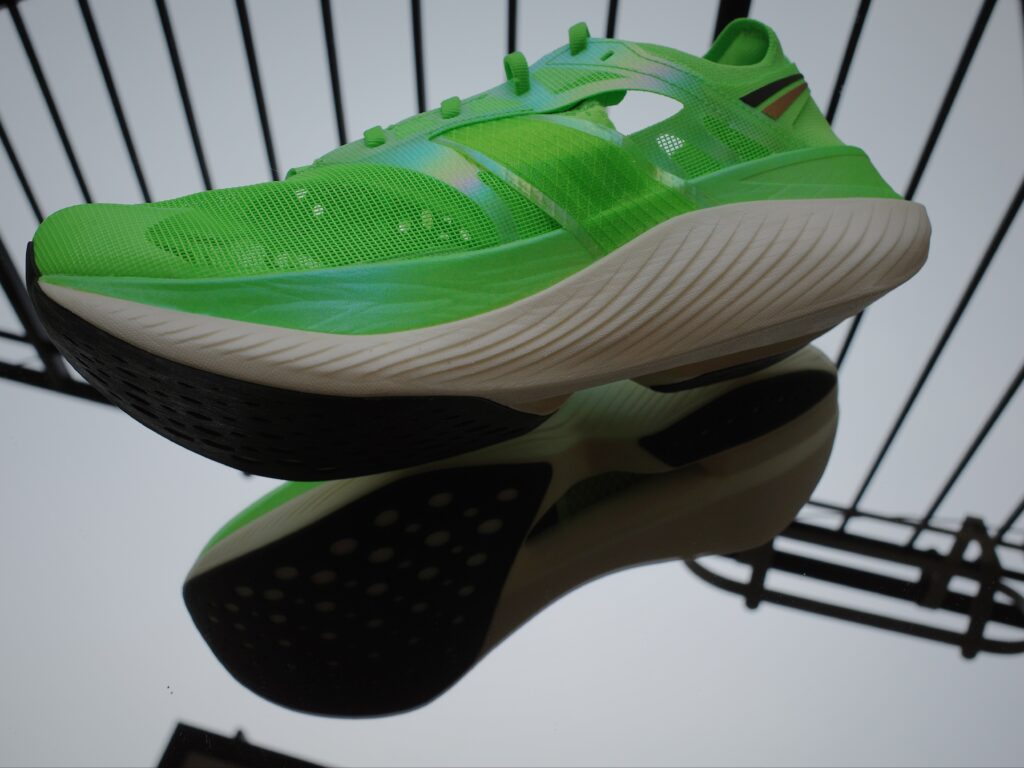
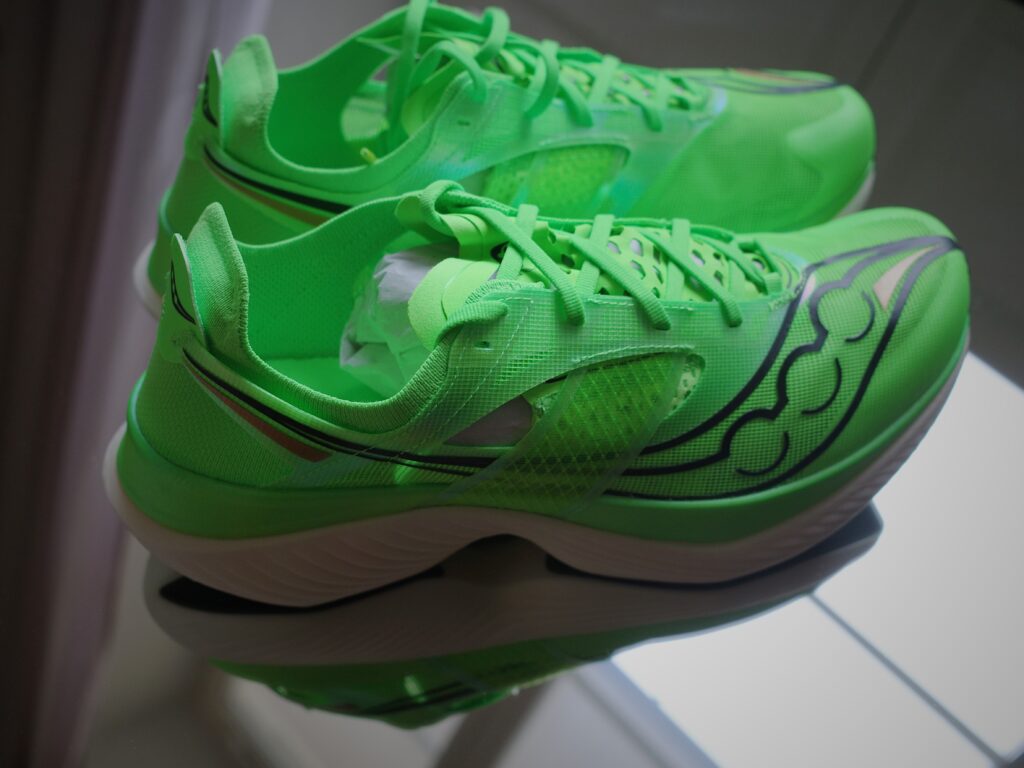
Tune of the day: Strategy – Graffiti In Space
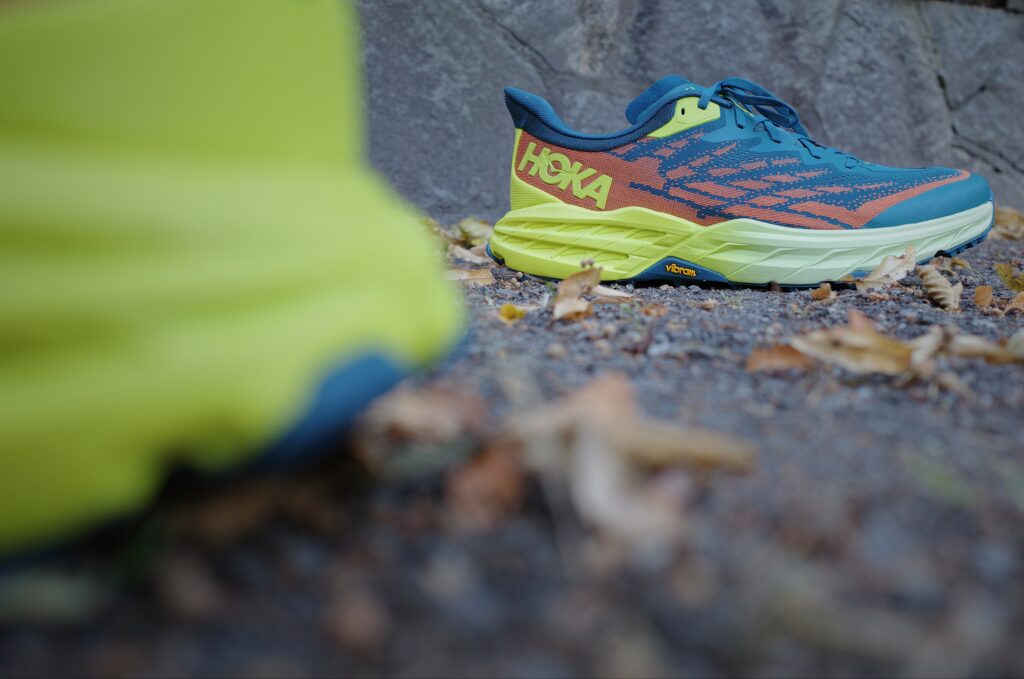
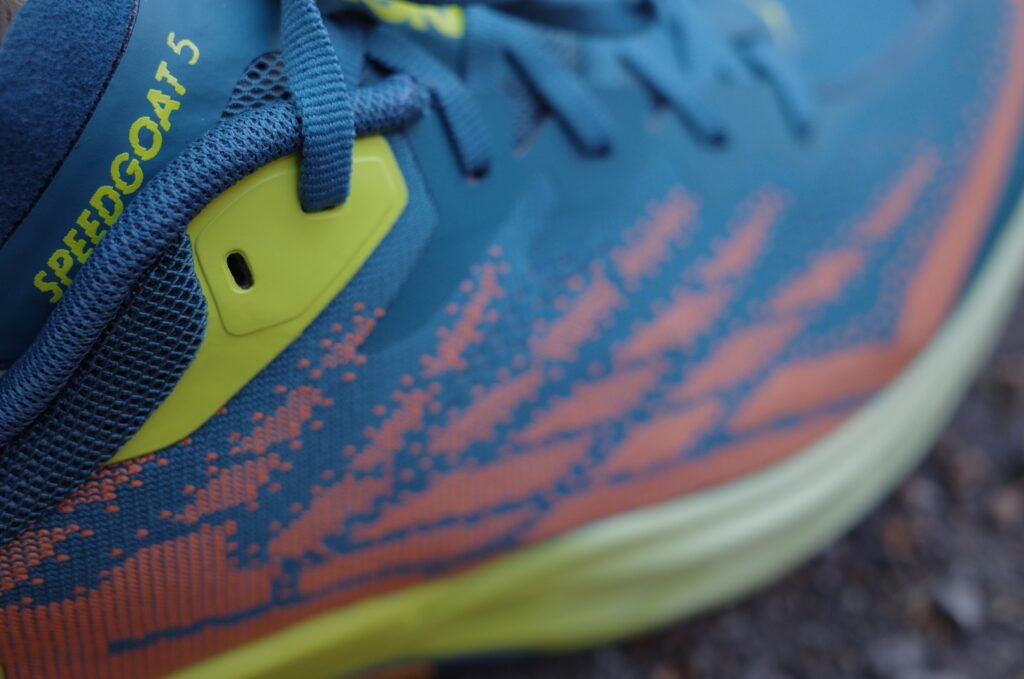
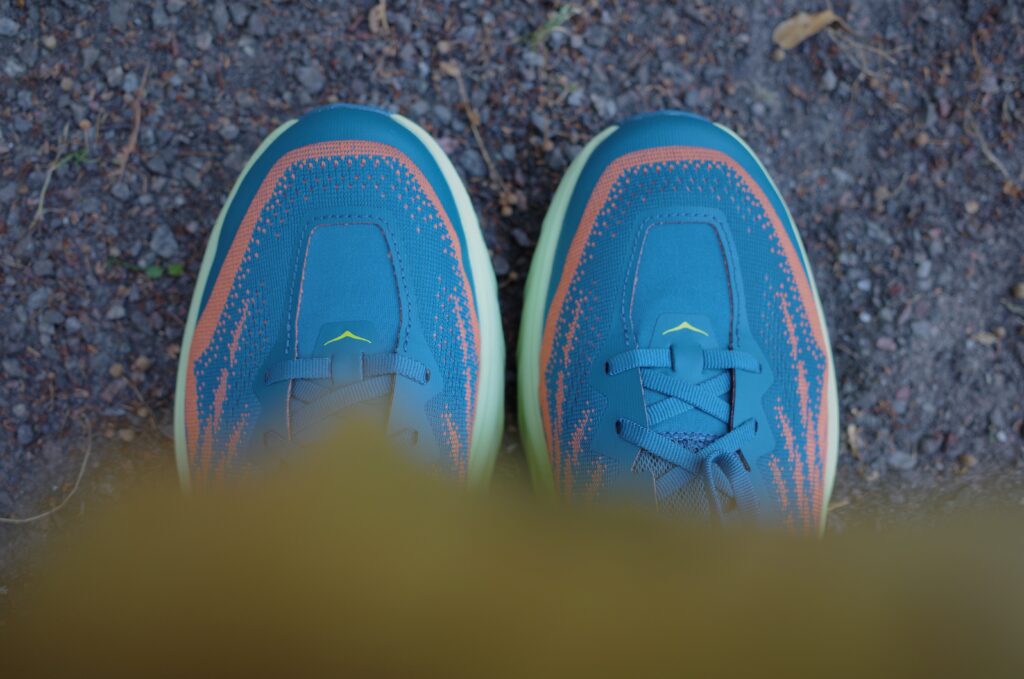
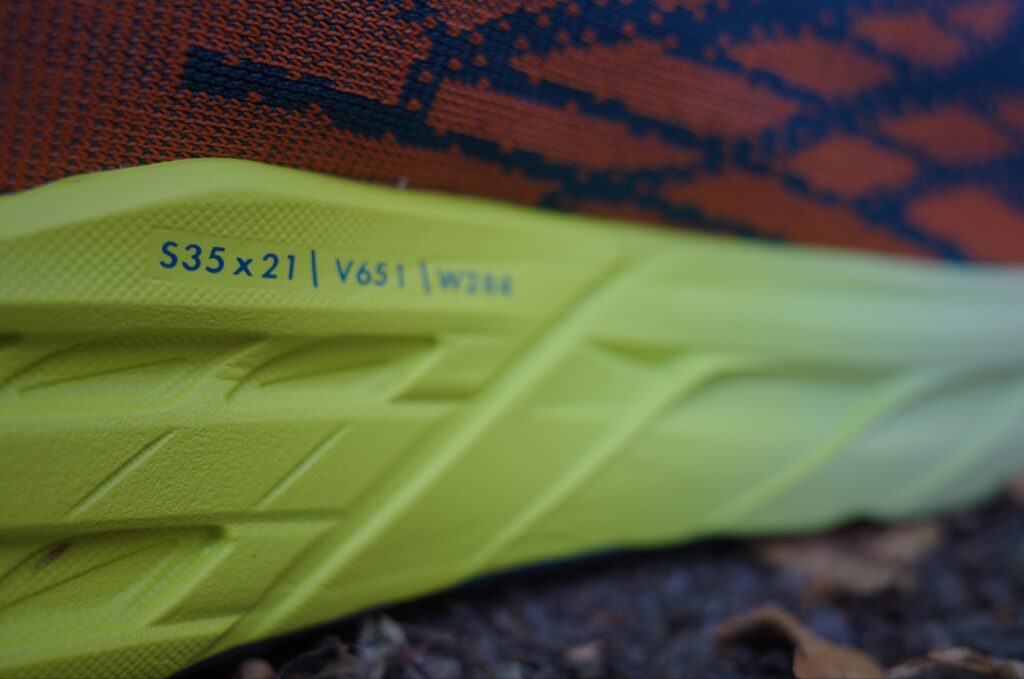
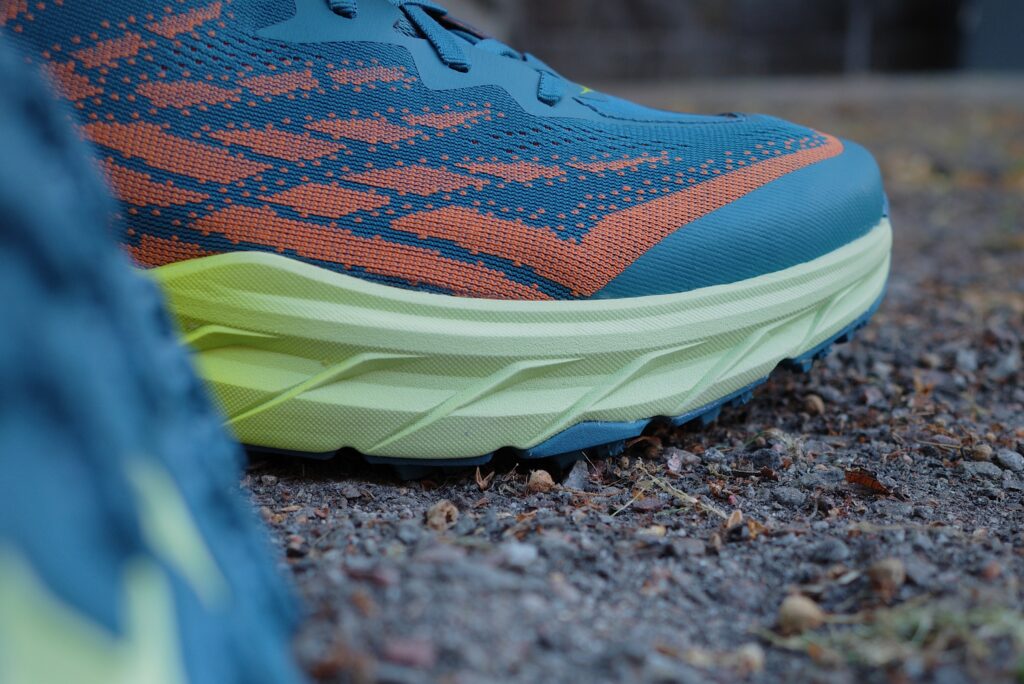
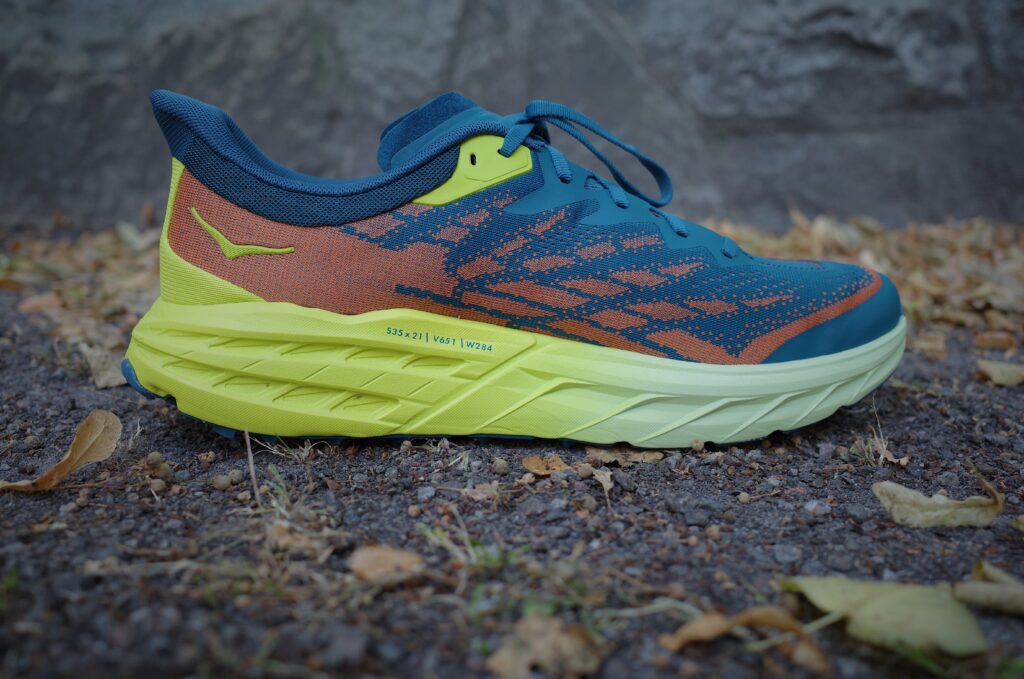
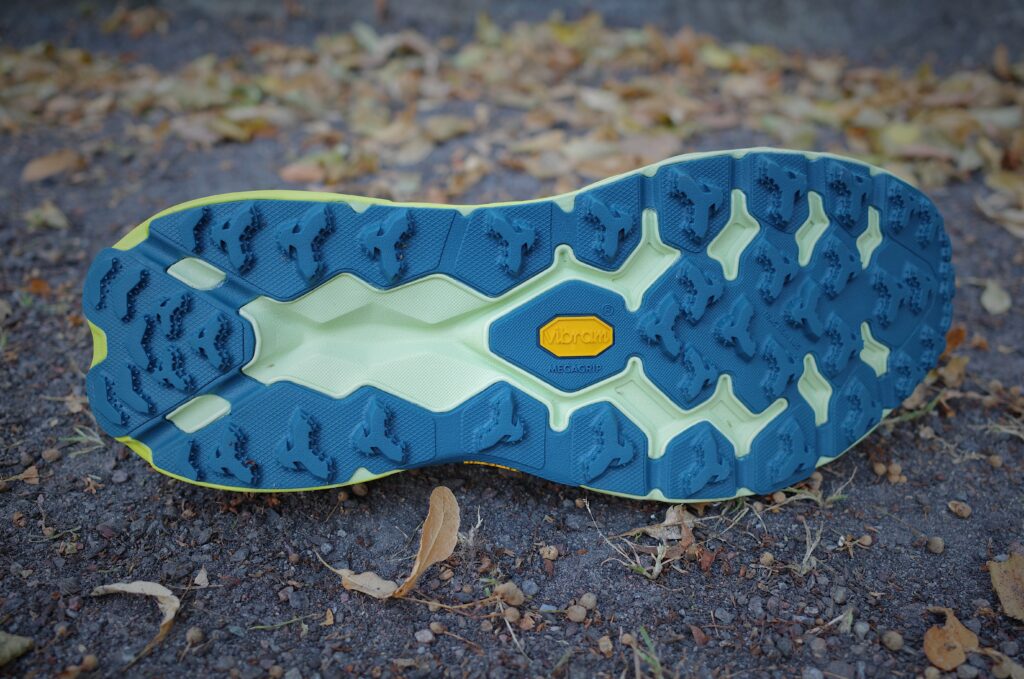
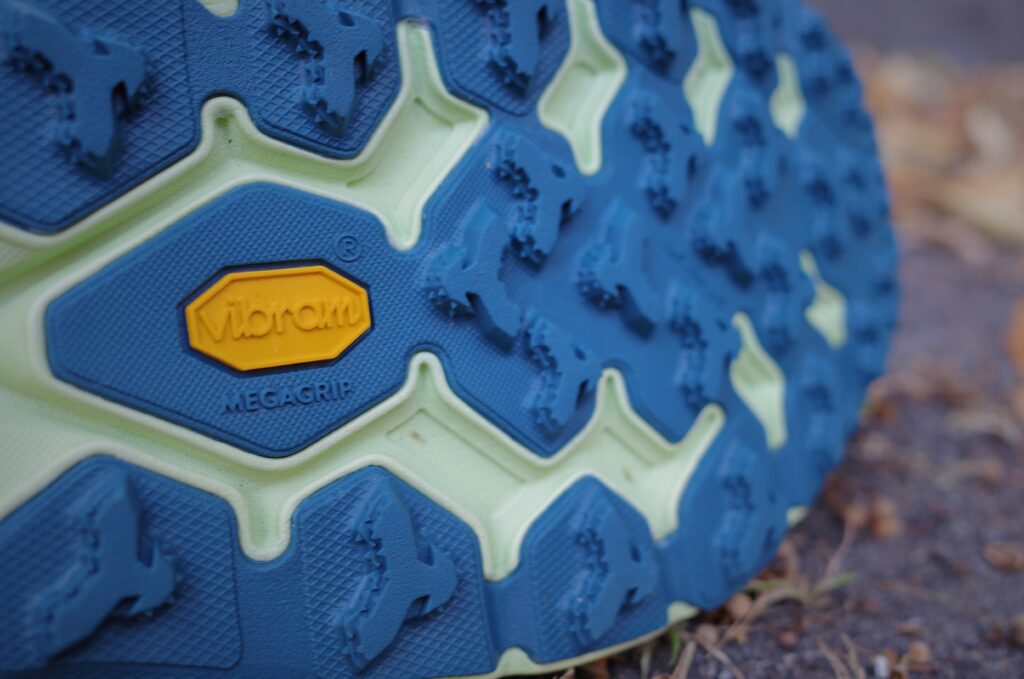
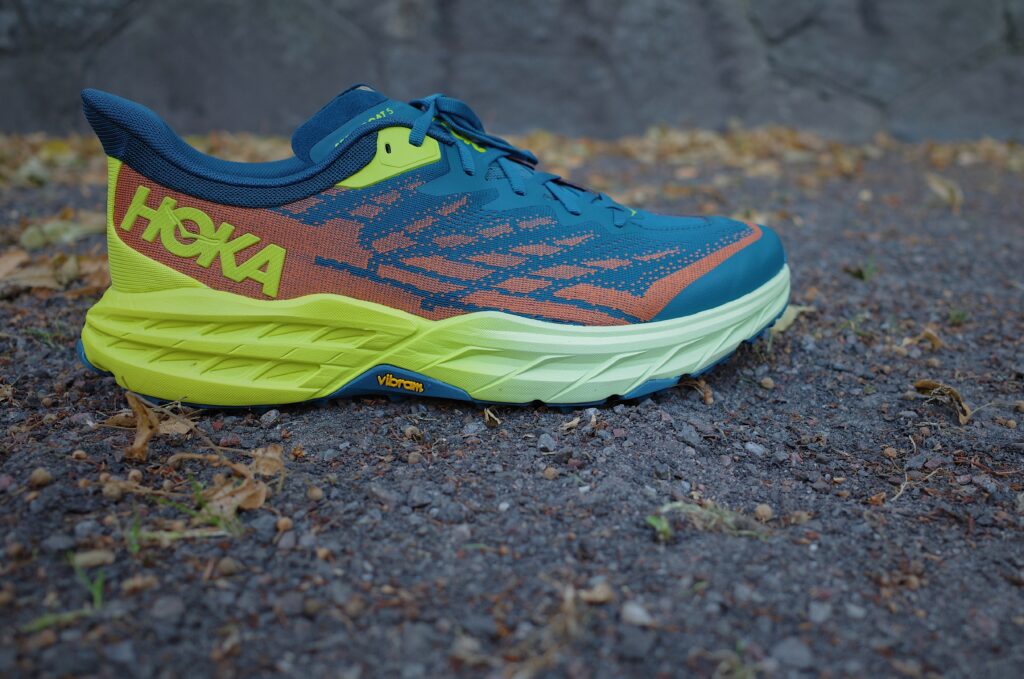
Tune of the day: Hudson Mohawke – Cry Sugar
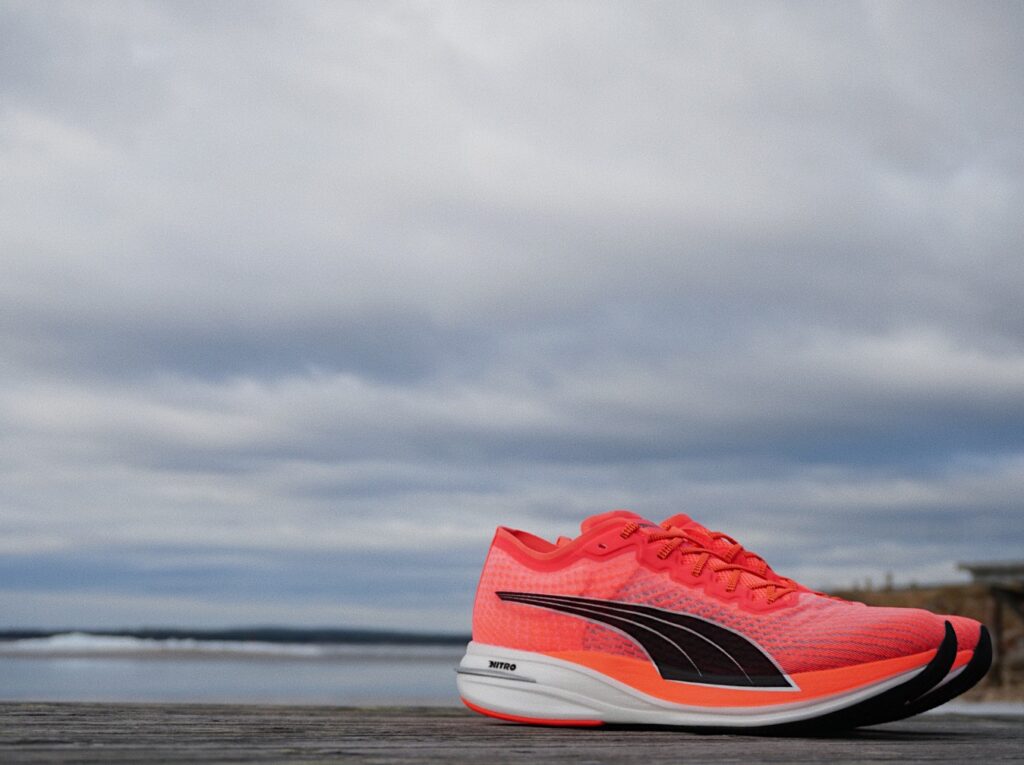
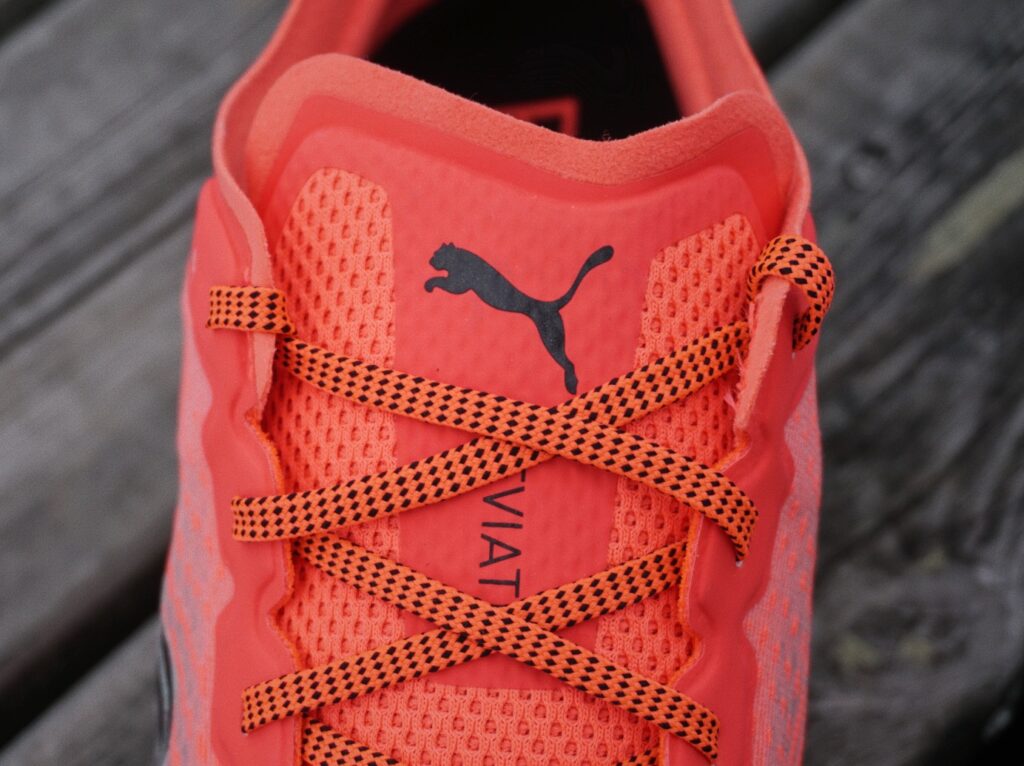
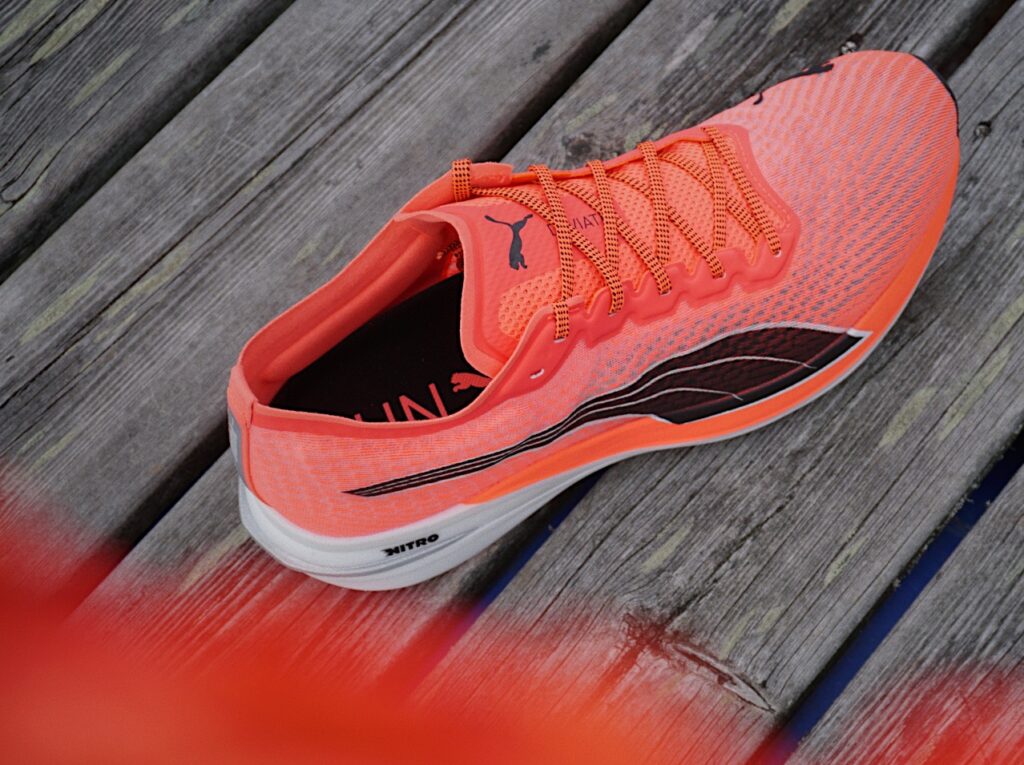
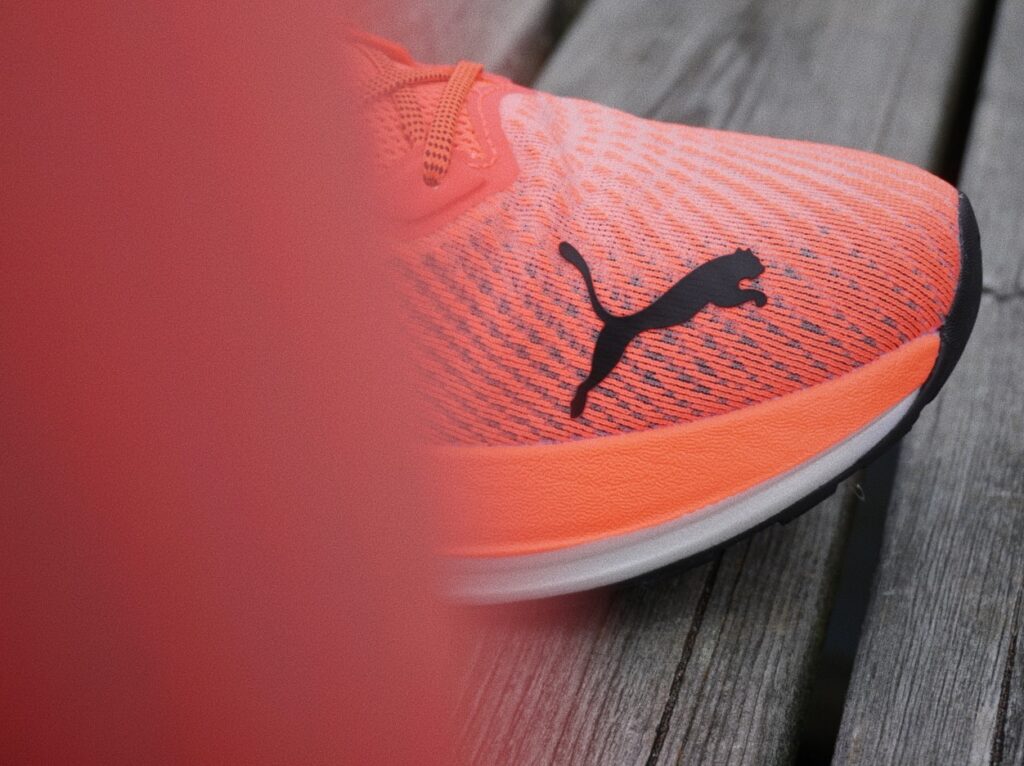
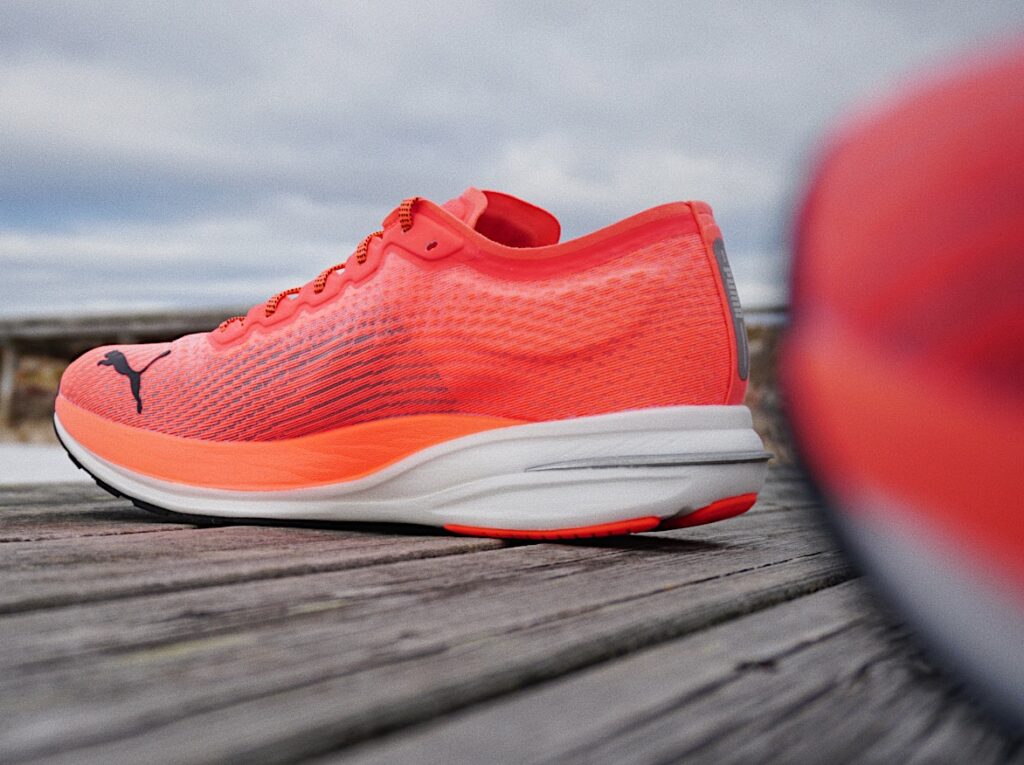
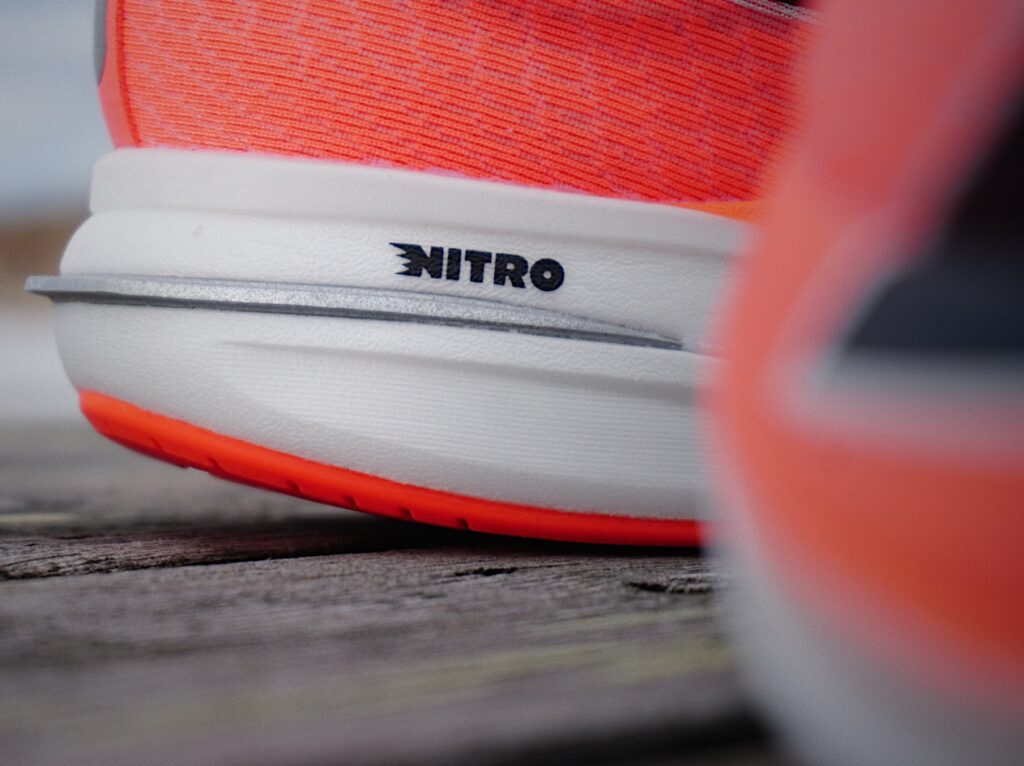
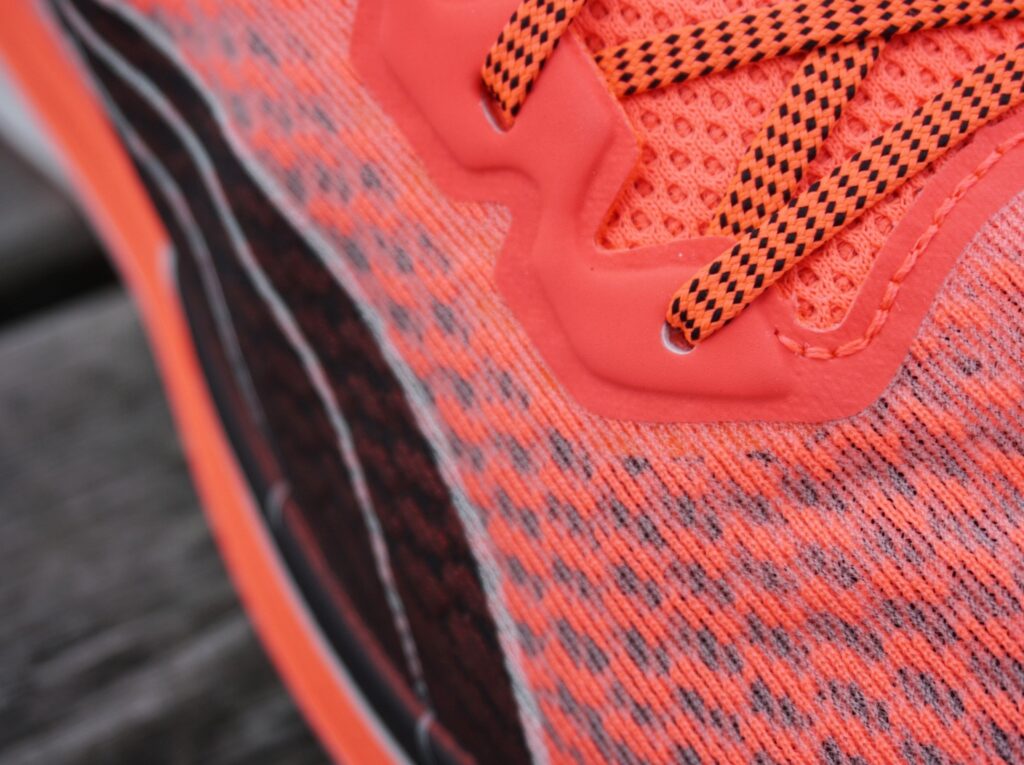
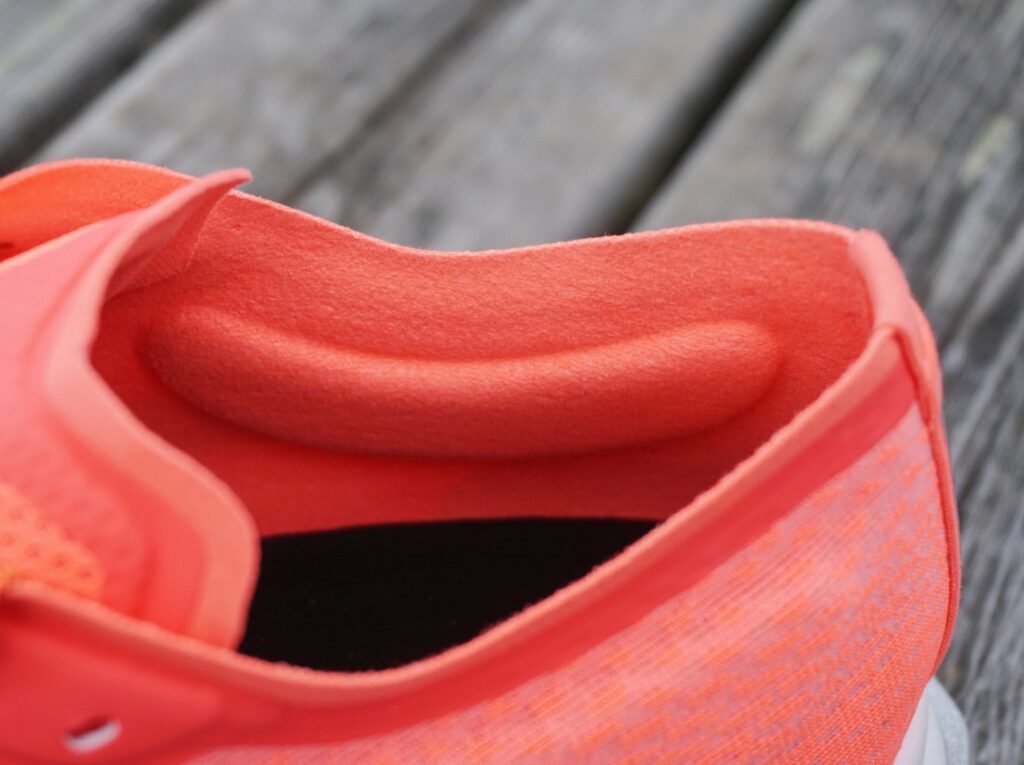
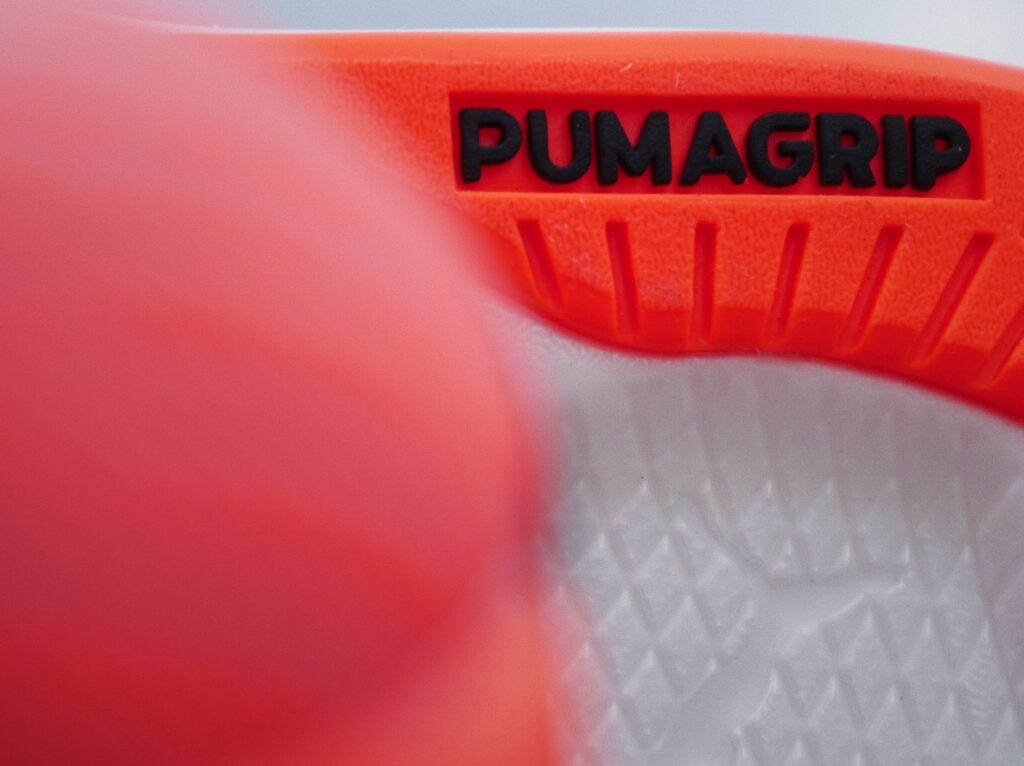
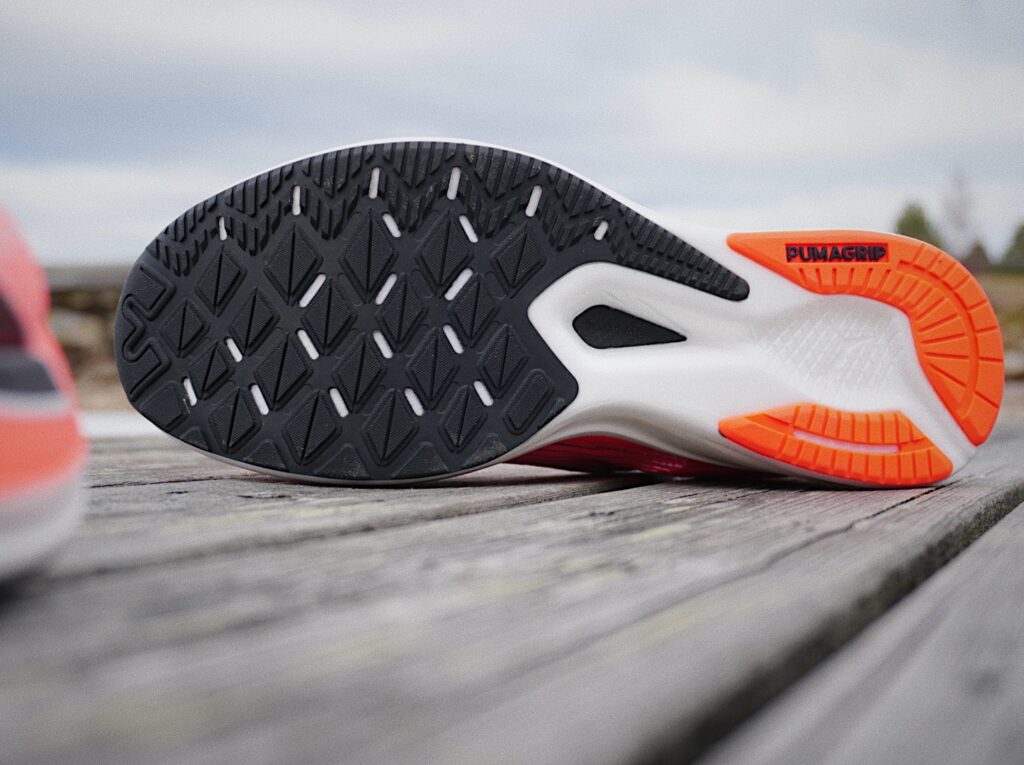
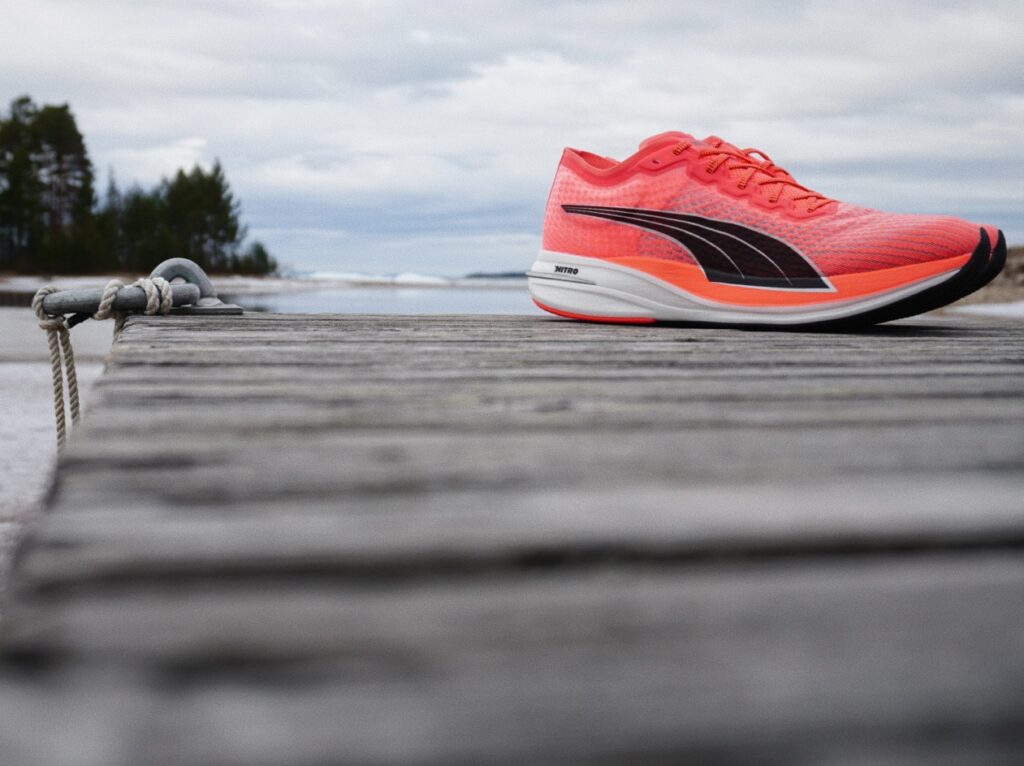
Tune of the day: Brockhampton – Roadrunner: New Light, New Machine
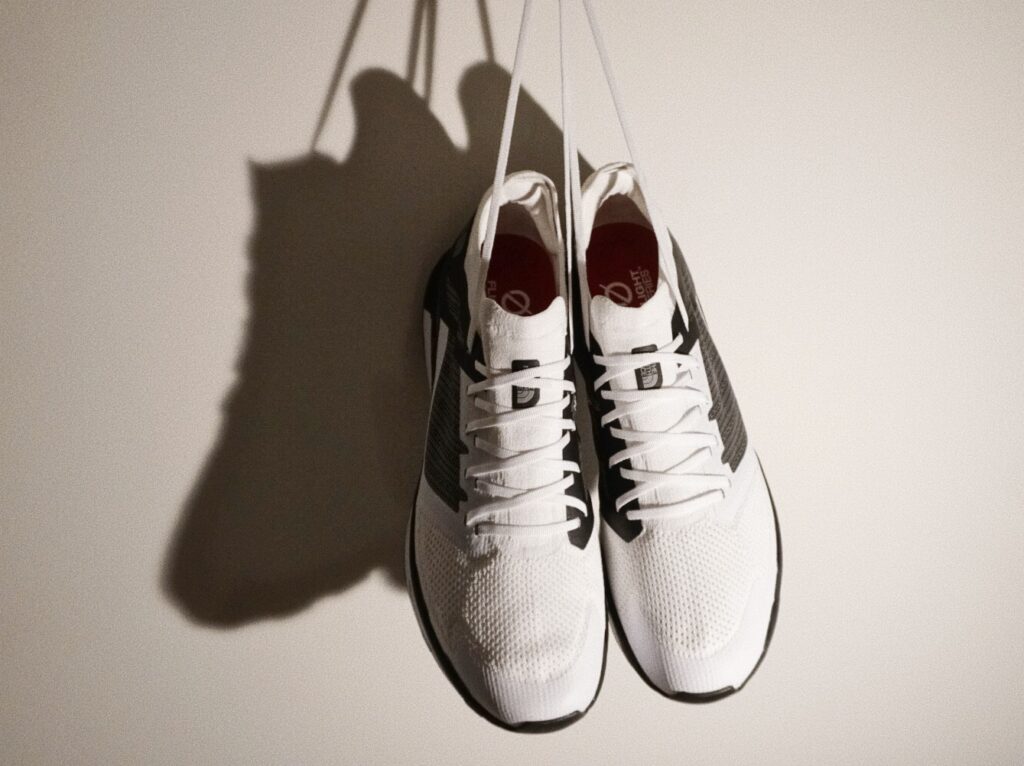
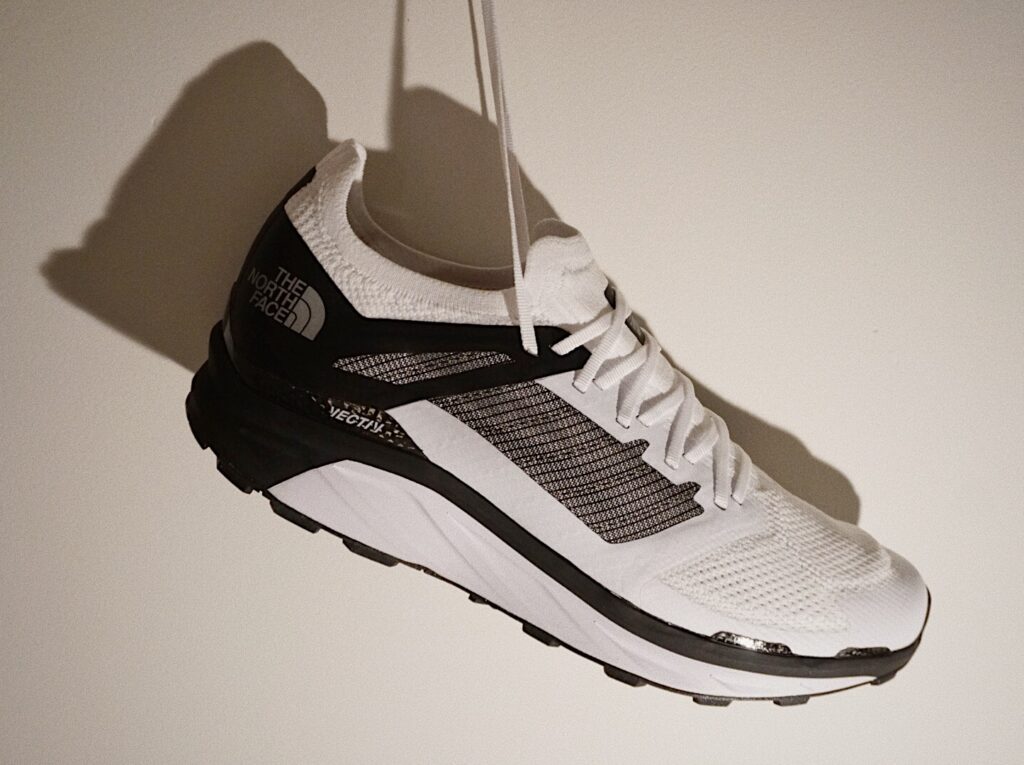
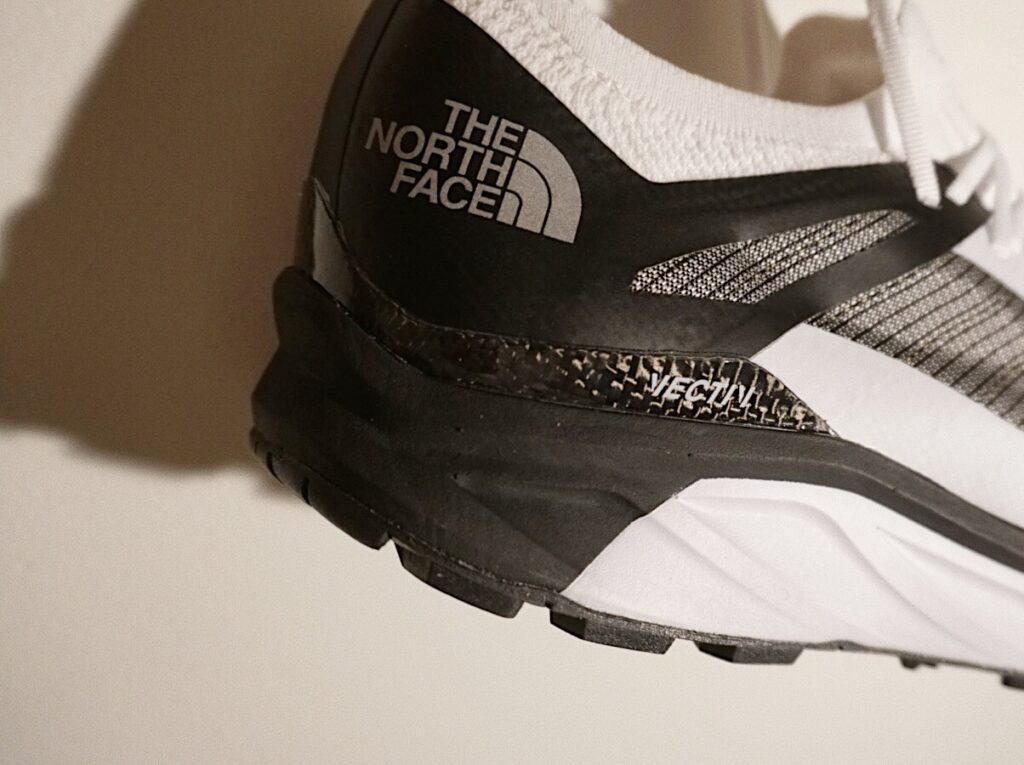
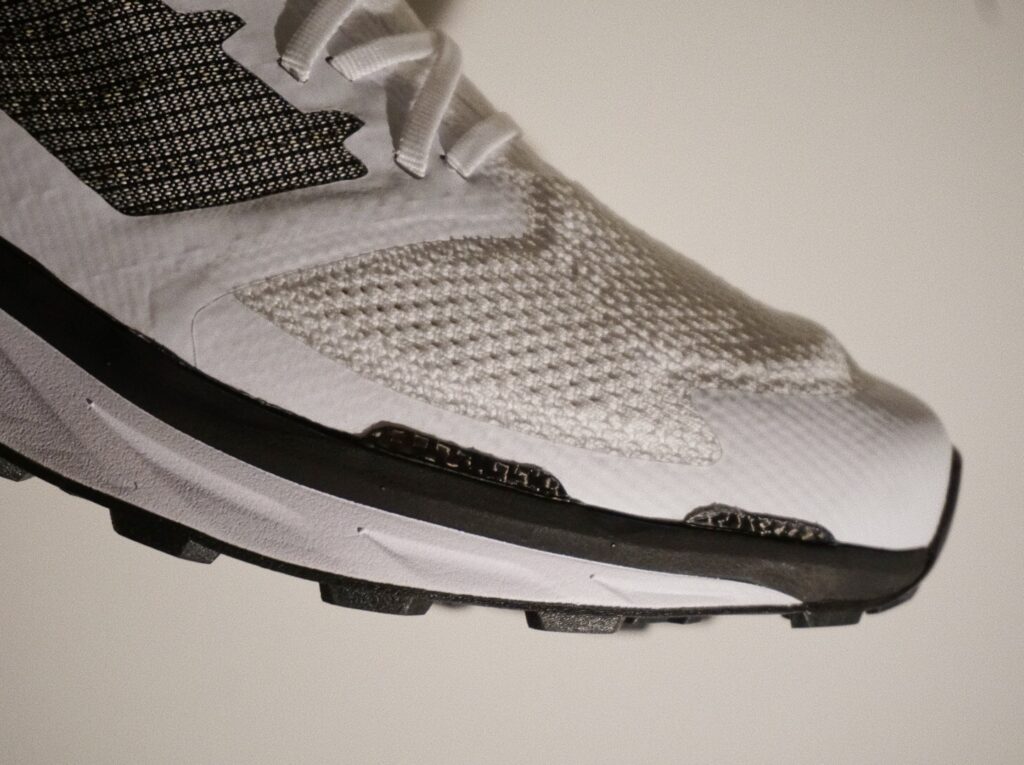
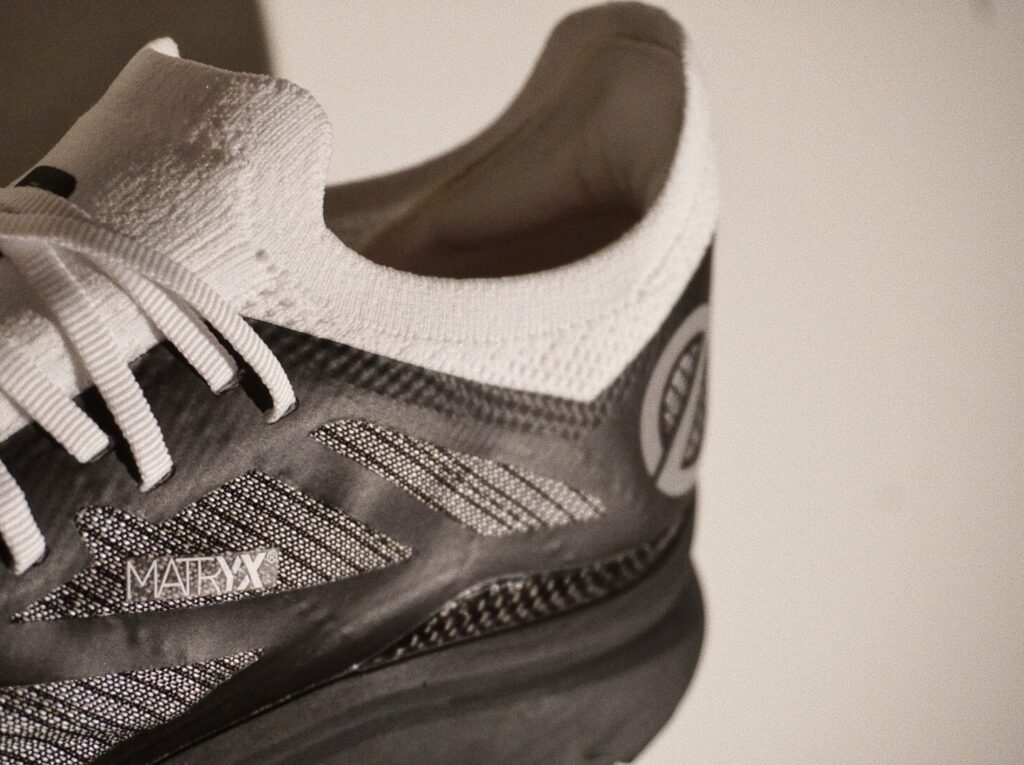
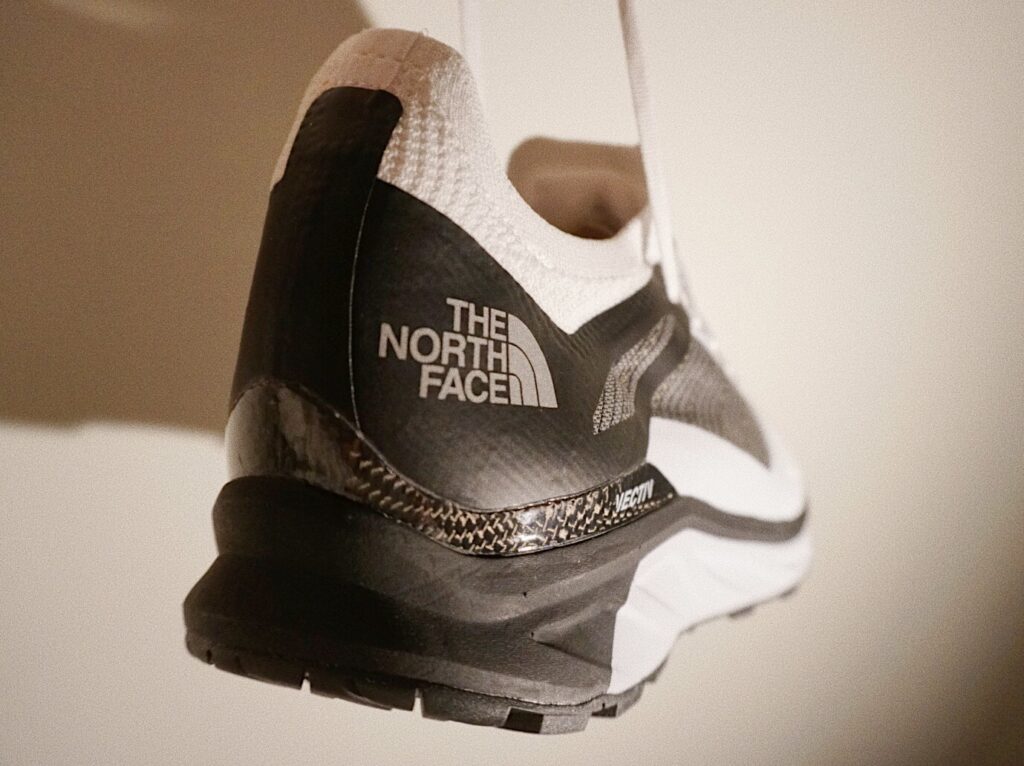
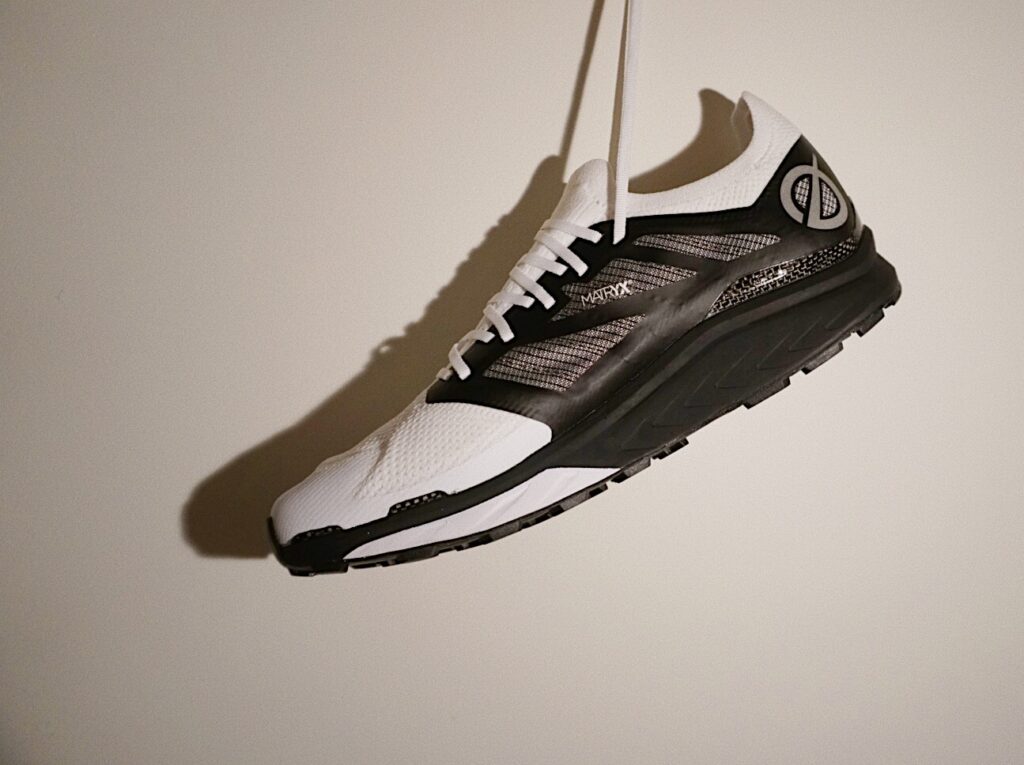
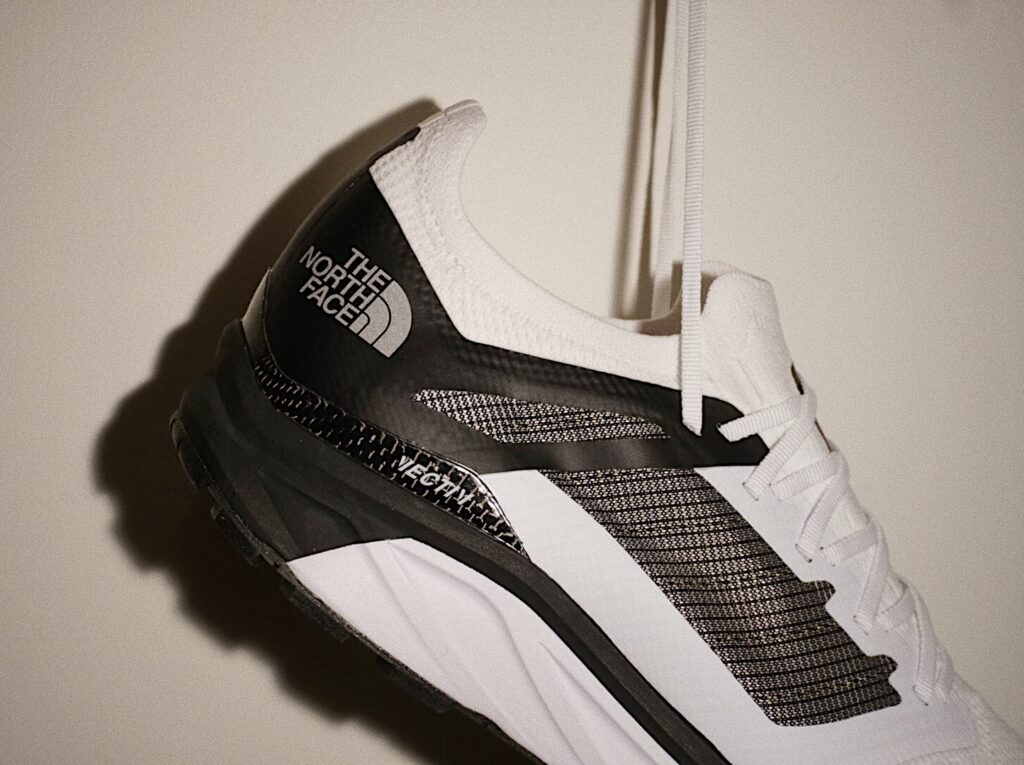
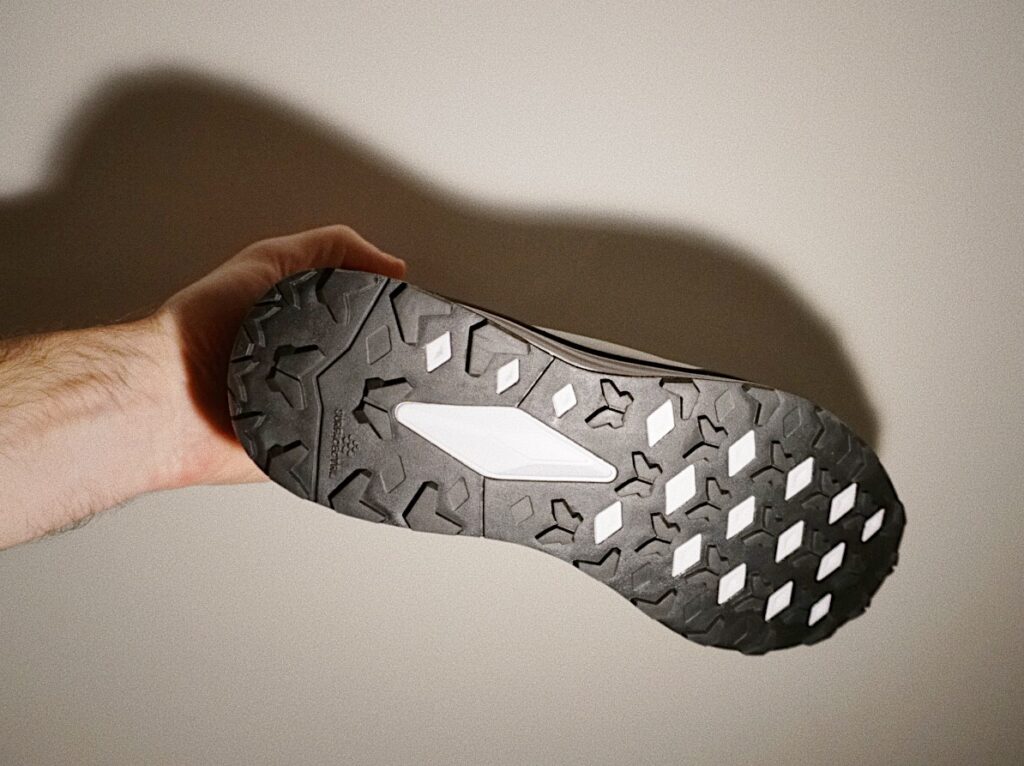
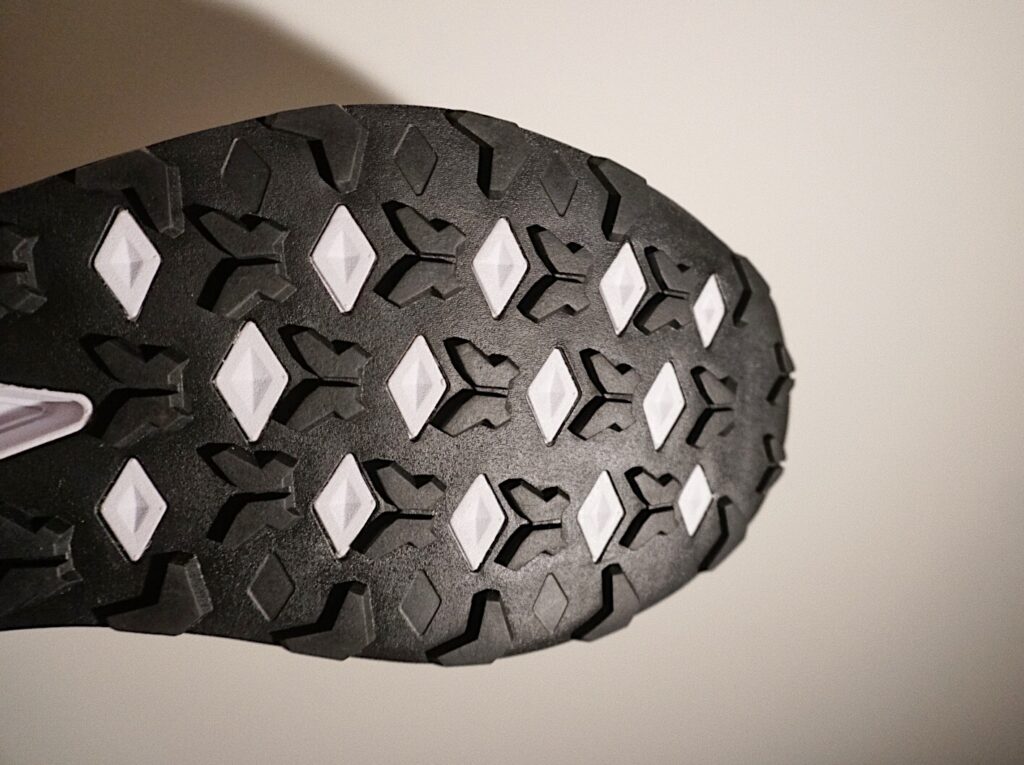
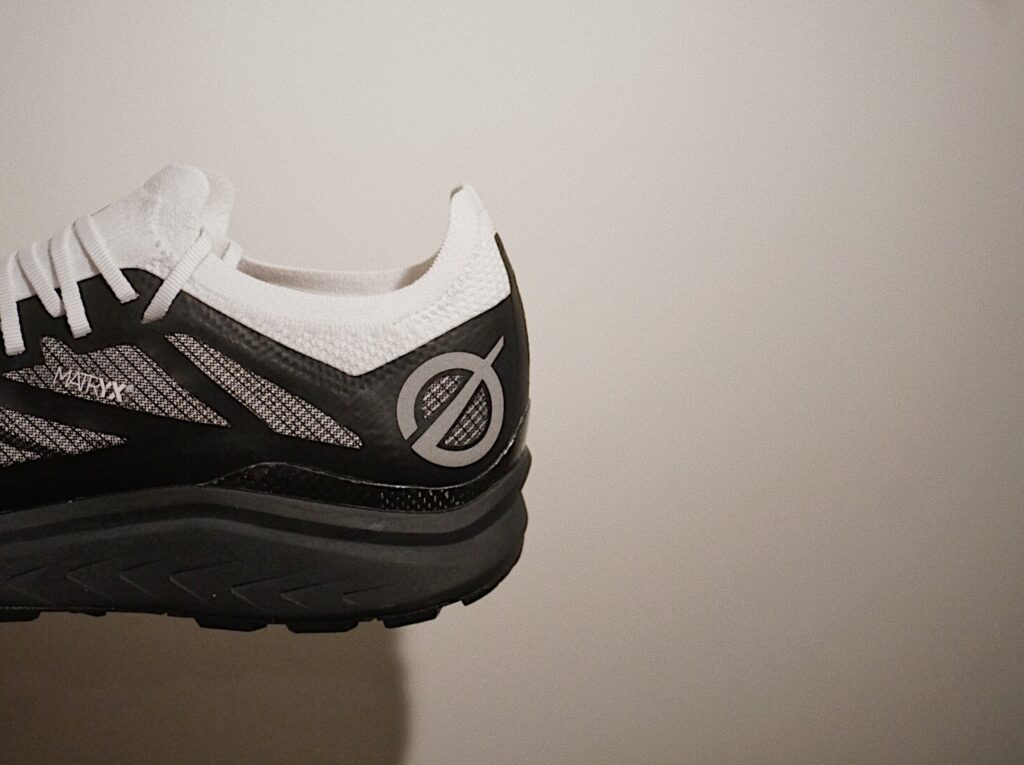
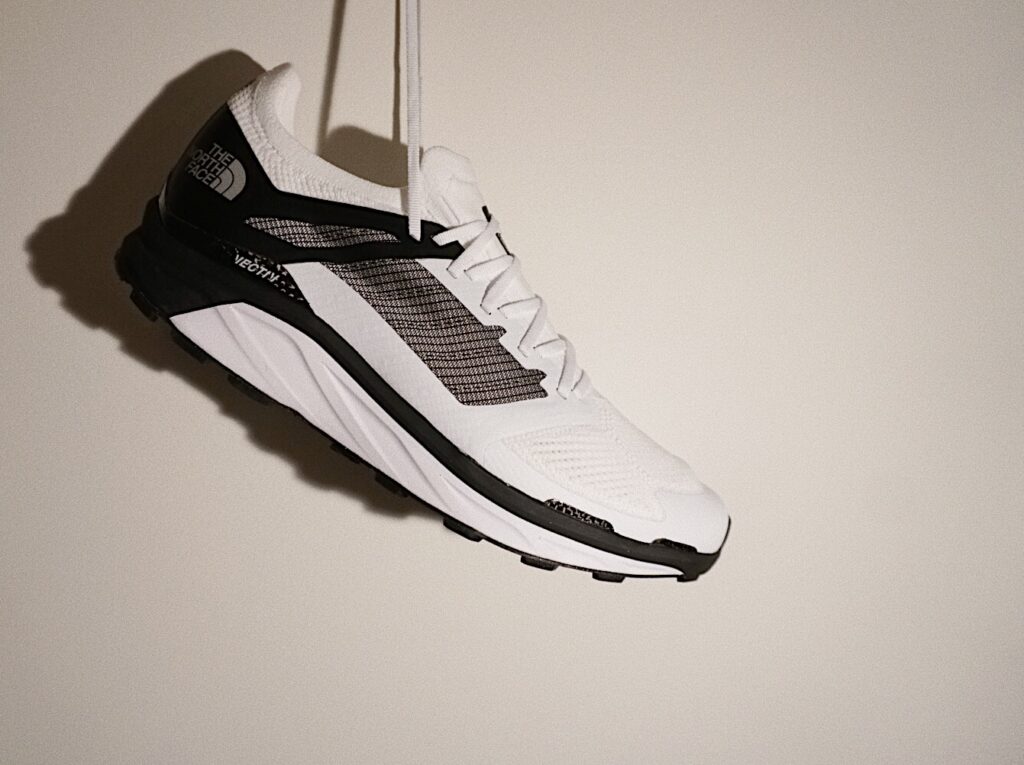
Tune of the day: Pete Rock & C.L. Smooth – It’s Not a Game (Instrumental Version)
Read of the day: Cathal Dennehy: Welcome to the age of the super shoes
| Getting low – the general drop comes in at 6mm. Other hard facts are a 22mm heel height and 16mm on the forefoot. Proper racing style! |
| “REVlite” is the title of the foam mixture that is used as the base of the shoe. The lightweight composition bids excellent and springy underfoot cushioning which I really valued. |
| Besides a tacky design the greatly centred heel-to-toe cavity supports the runner to achieve a straightforward and precise ride as the shoe is stabilised. |
| More specifics of the firm outsole and the certain lug-designs. |
| A key factor for the steadfast and supportive ride that this shoe offers is the “REVlite” sole. |
| Front end – New Balance reorganised the start of the lacing and built-in a petite holder in the centre of the bottom end of the shoe. |
| The foremost revise to the first version of the 1500 – a sock-like tongue support that keeps everything in check and creates a very comfy and precise feeling while striding. |
Tune of the day: Aidan Baker and Tomas Järmyr – Werl I
| The centre of attention is the Mizuno typical wave midsole (A Wave Plate constructed from pebax Rnew). It offers a great fitting and cushion through the heel and midfoot. |
| Pretty trendy – The Wave Catalyst in the “Palace Blue / Safety Yellow” colour theme. Mizuno understands to design characteristic shoes with a unique style. |
| Besides the overall performance there are a lot of polite and petite features that make a shoe singular. Mizuno pleasantly incorporated their well-known runbird symbol in the sole. |
All pictures (c) runssel
Other Mizuno reviews:
Mizuno – Wave Kazan 2
Mizuno – Wave Rider 19
Sneak Peak
© 2024 RUNssel. Alle Rechte vorbehalten.
Thema von Anders Norén.
This site uses cookies. By continuing to browse the site, you are agreeing to our use of cookies. Find out more.
The Runssel Website (www.runssel.com) places cookies, which are small data files, on your computer or handheld device. This is standard practice for all websites. Cookies are essential for helping me deliver a high quality website and to collect information about browsing behaviour. By using and browsing the Runssel website, you consent to cookies being used in accordance with my policy. If you do not consent, you must disable cookies or refrain from using the site.